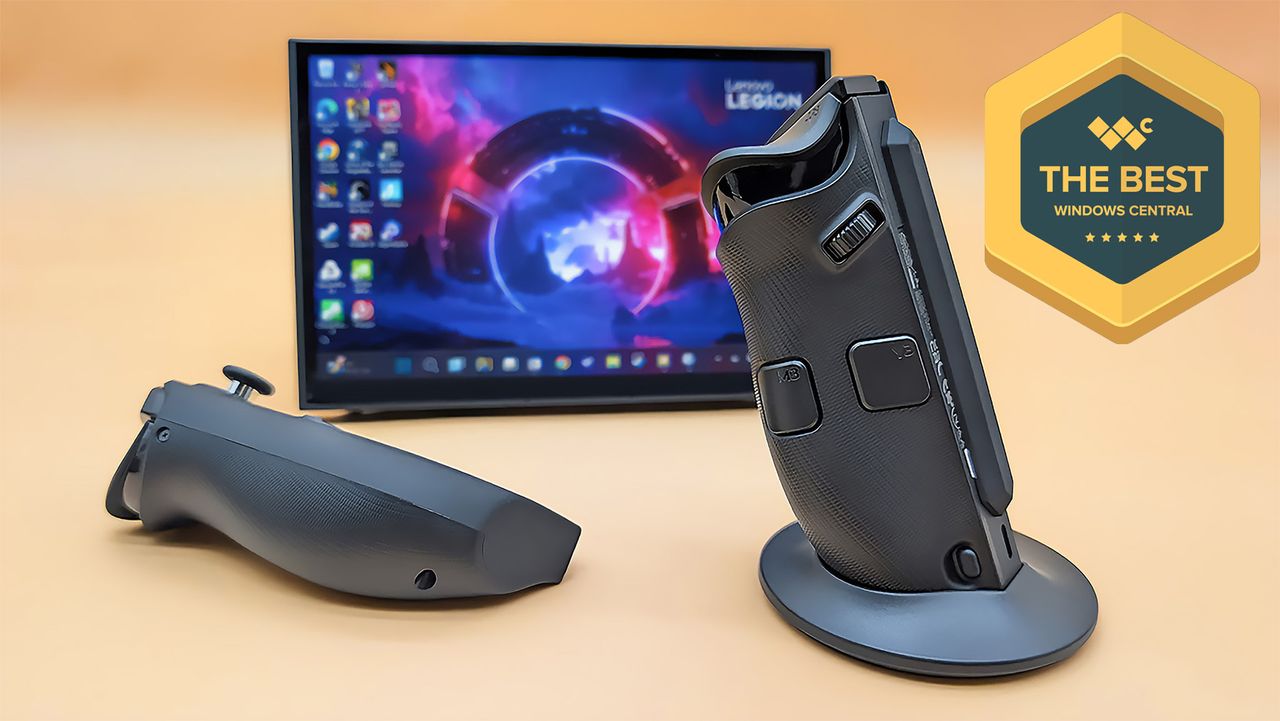
I’ve been testing the Legion Go 2 for the past week, putting in many hours playing different types of games and running performance tests.
I also took the Legion Go 2 apart to check how easy it is to upgrade the battery and storage drive.
After thoroughly testing the Legion Go 2, I’ve gained a clear understanding of what it can do. Lenovo has refined the original model in several ways, resulting in a noticeably improved experience for users.
However, will it be distinctive enough to compete with established rivals like the Steam Deck, or new Windows handhelds such as the Xbox Ally X?
Let’s dive in and discuss.
Lenovo provided us with a sample unit for this review. However, they didn’t have any influence over the content, and didn’t see it before it was published.
Lenovo Legion Go 2 review
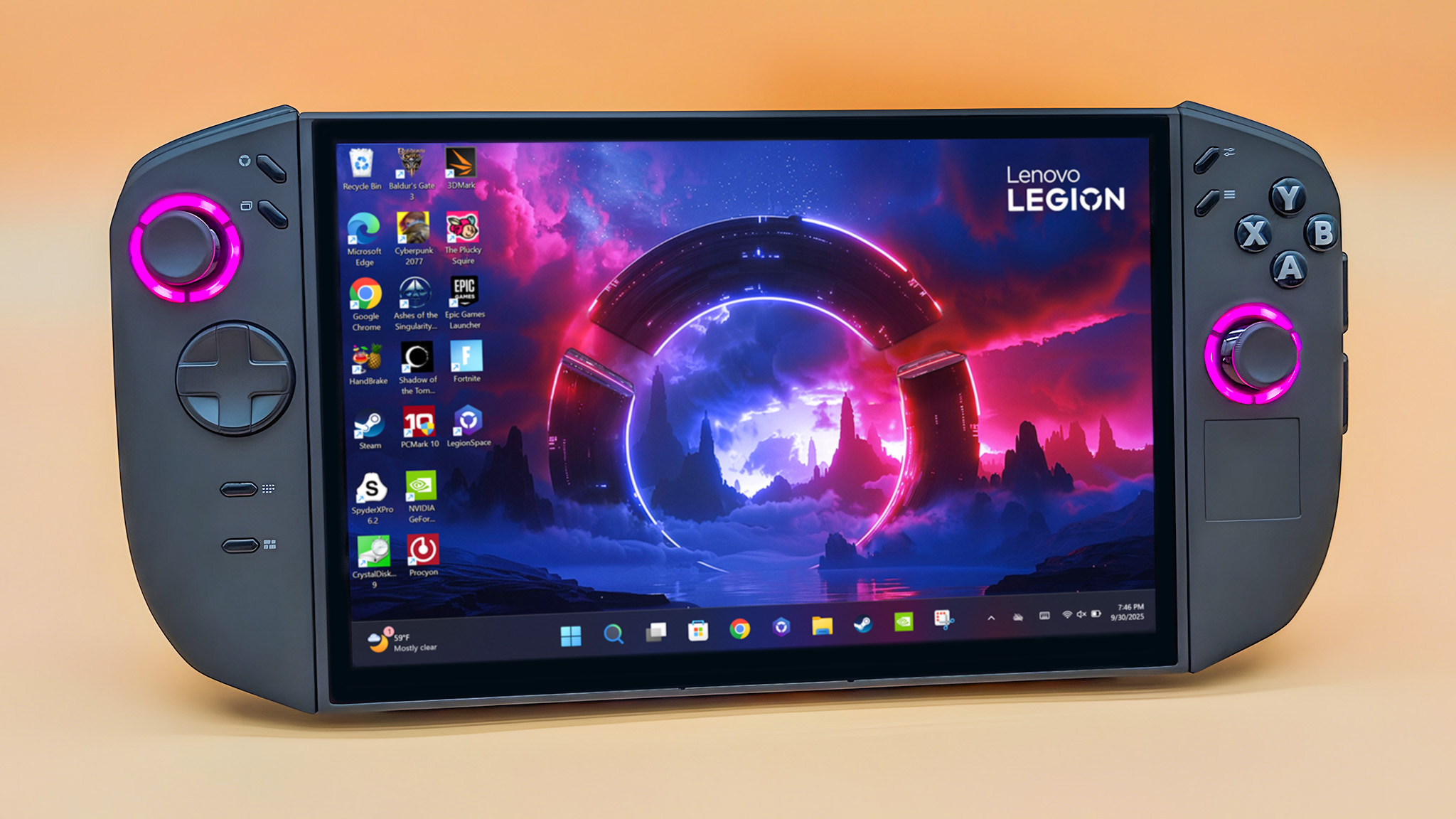
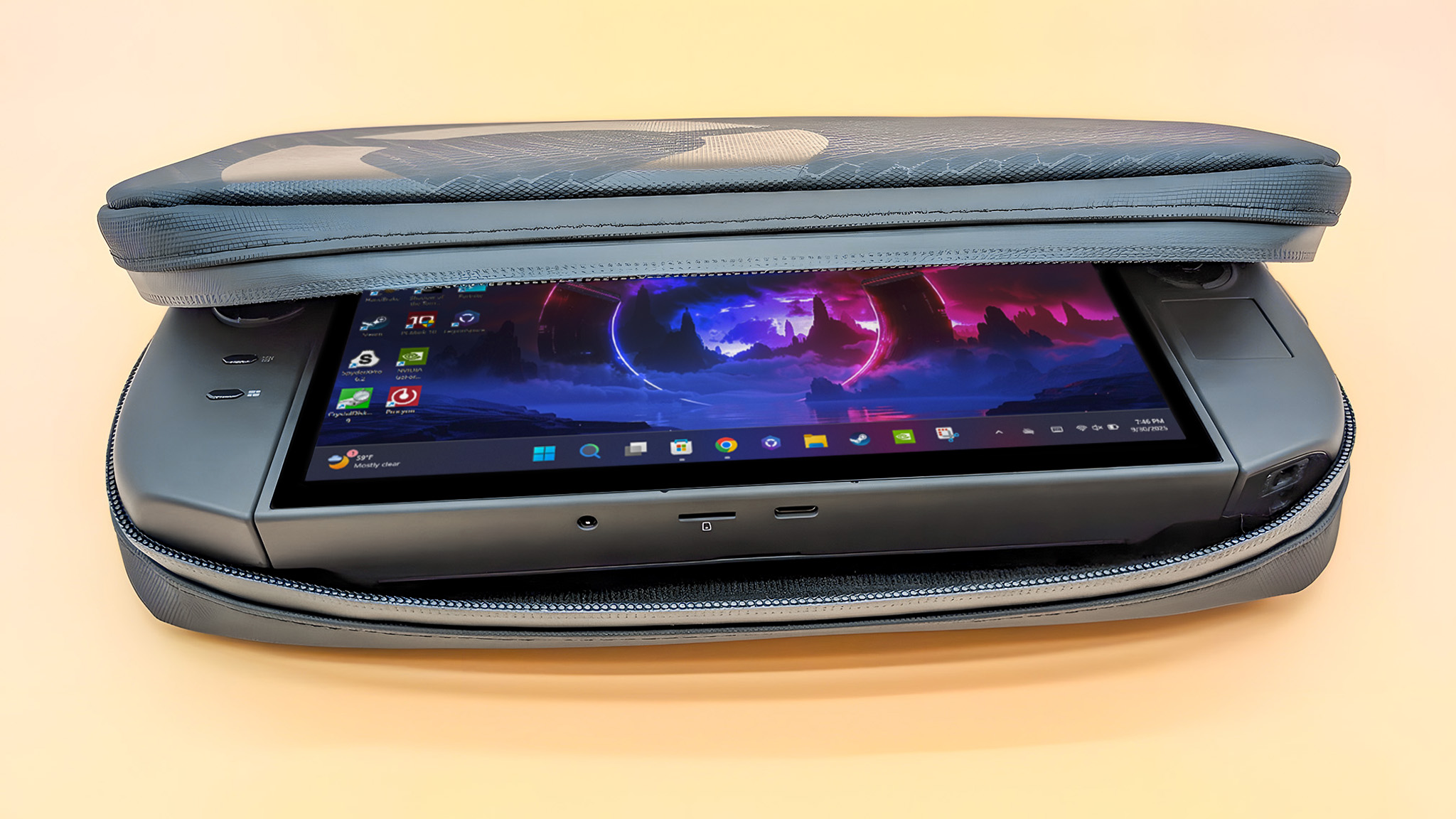
There are two versions of the upgraded Legion Go 2 available. I tested the one with the Ryzen Z2 Extreme processor.
These Windows handhelds are among the priciest available, but they justify the cost with their excellent features and flexibility.
If you mostly play simpler games, the standard version should be good enough. But if you want to play the latest, most visually impressive games, the Z2 Extreme is the better option.
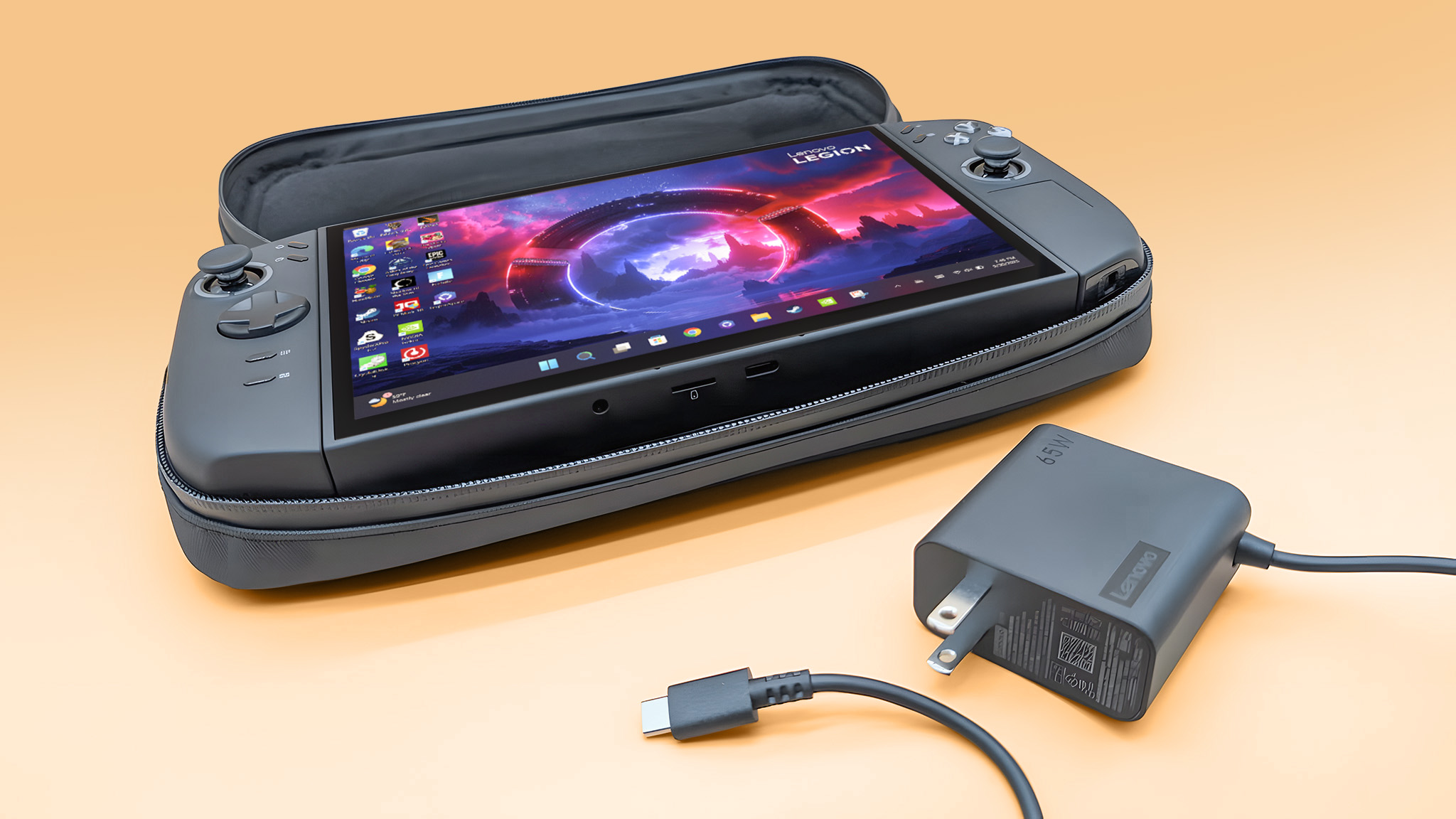
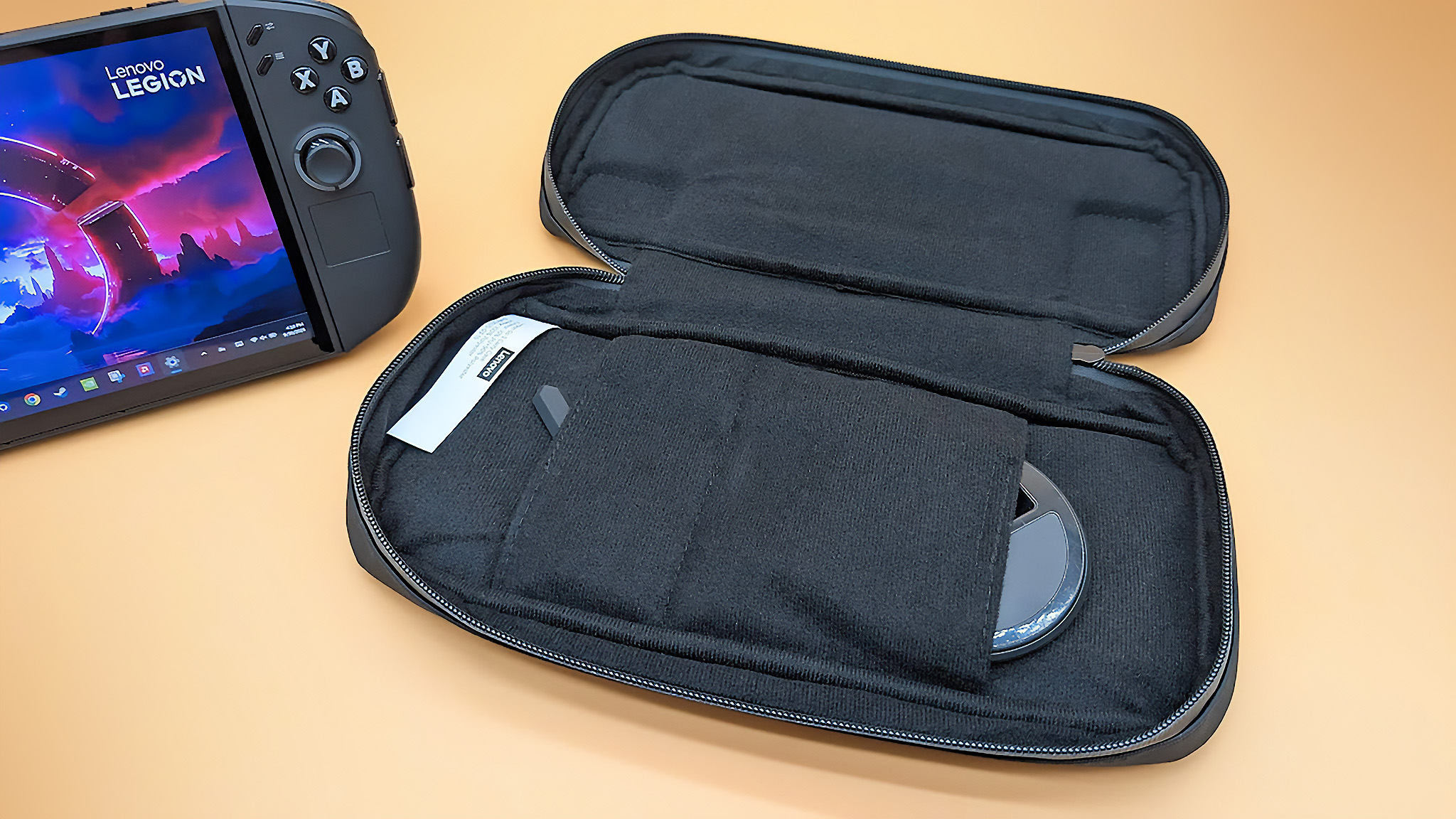
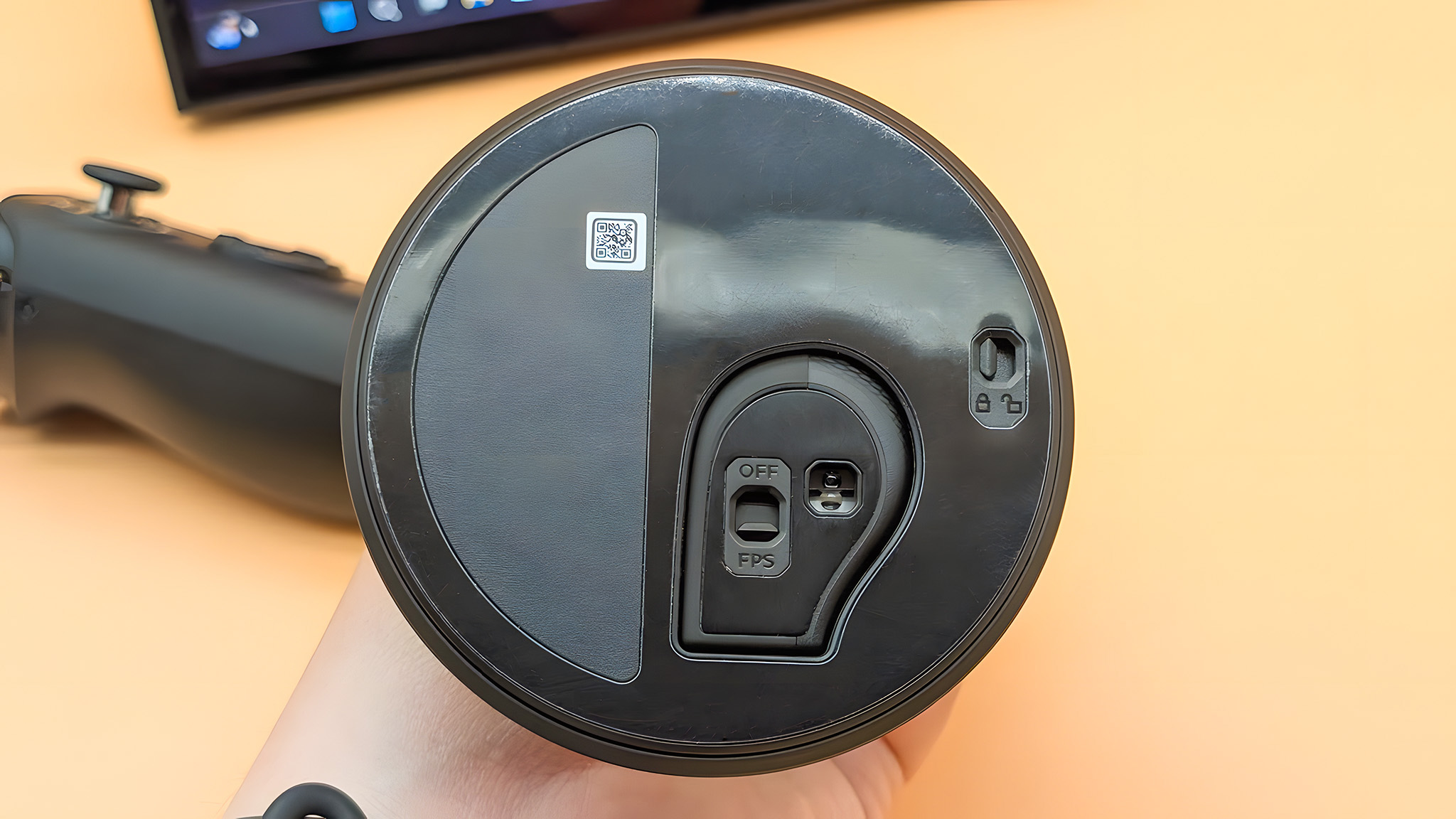
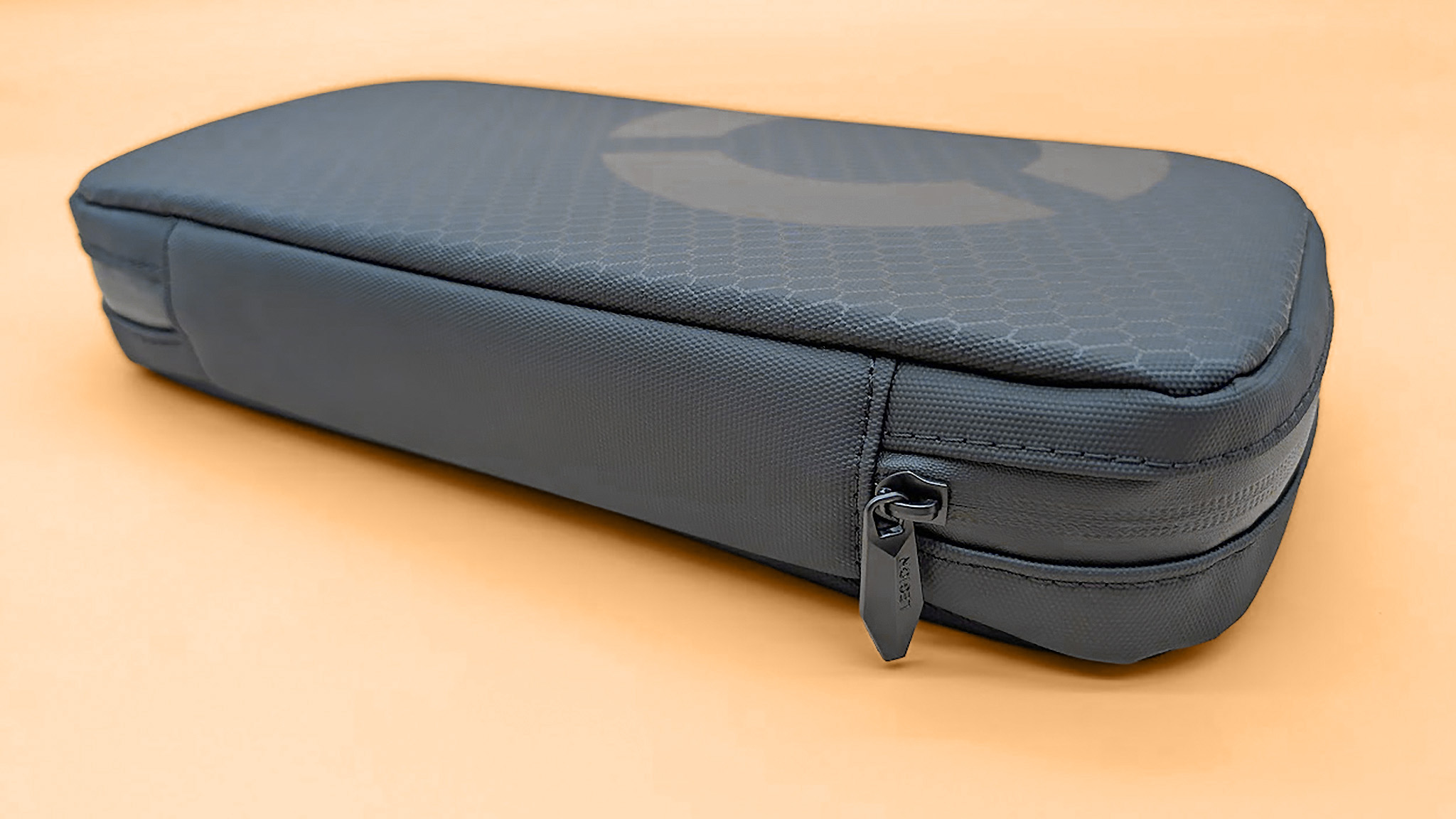
WHAT’S IN THE BOX?
Inside the box you’ll find the Legion Go 2 device itself, along with a protective soft-shell case. It also includes accessories for gaming: a base to help with first-person shooter (FPS) controls, a pin cover for the right controller when using FPS mode, and a 65W USB-C power adapter.
This soft case offers good padding to shield your device from minor impacts, though a hard case would provide more robust protection. It includes two small pockets for storing the FPS mode base and the pin cover.
From my analysis, a key drawback is the lack of space for a power adapter. Also, the case isn’t designed for convenient transport, as it doesn’t include a carrying handle.
Recommended configuration
DESIGN & UPGRADABILITY ⭐⭐⭐⭐
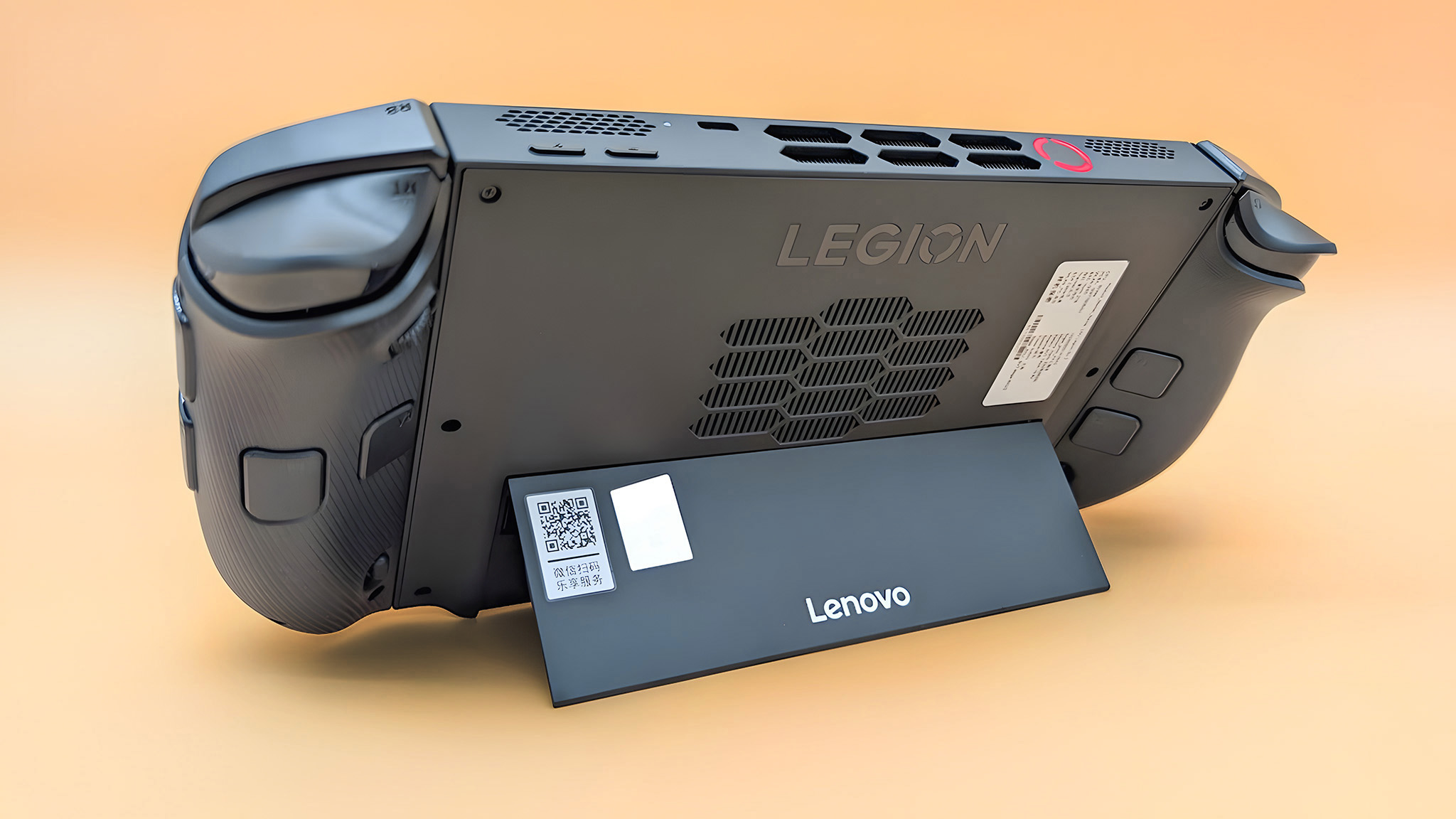
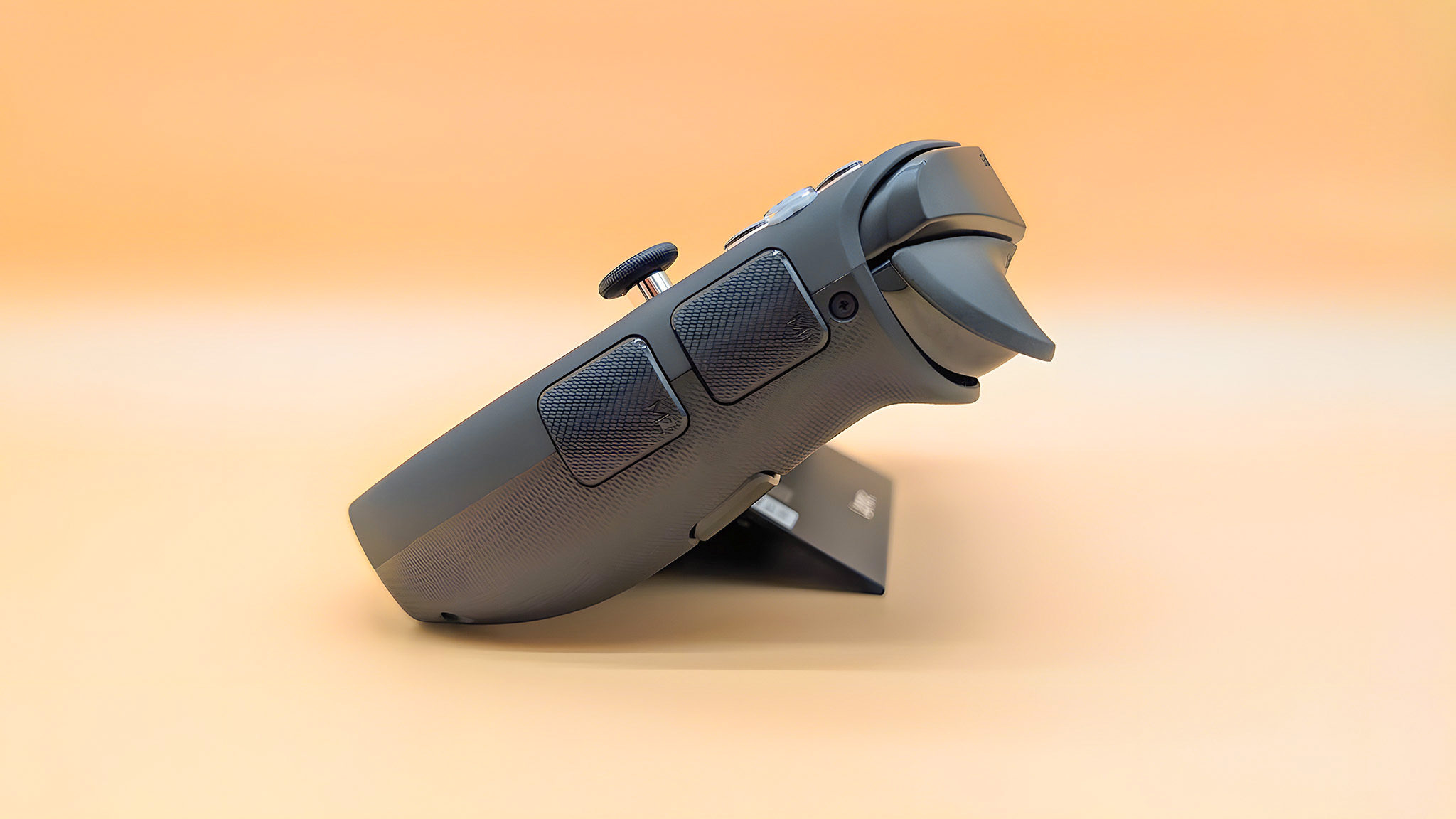
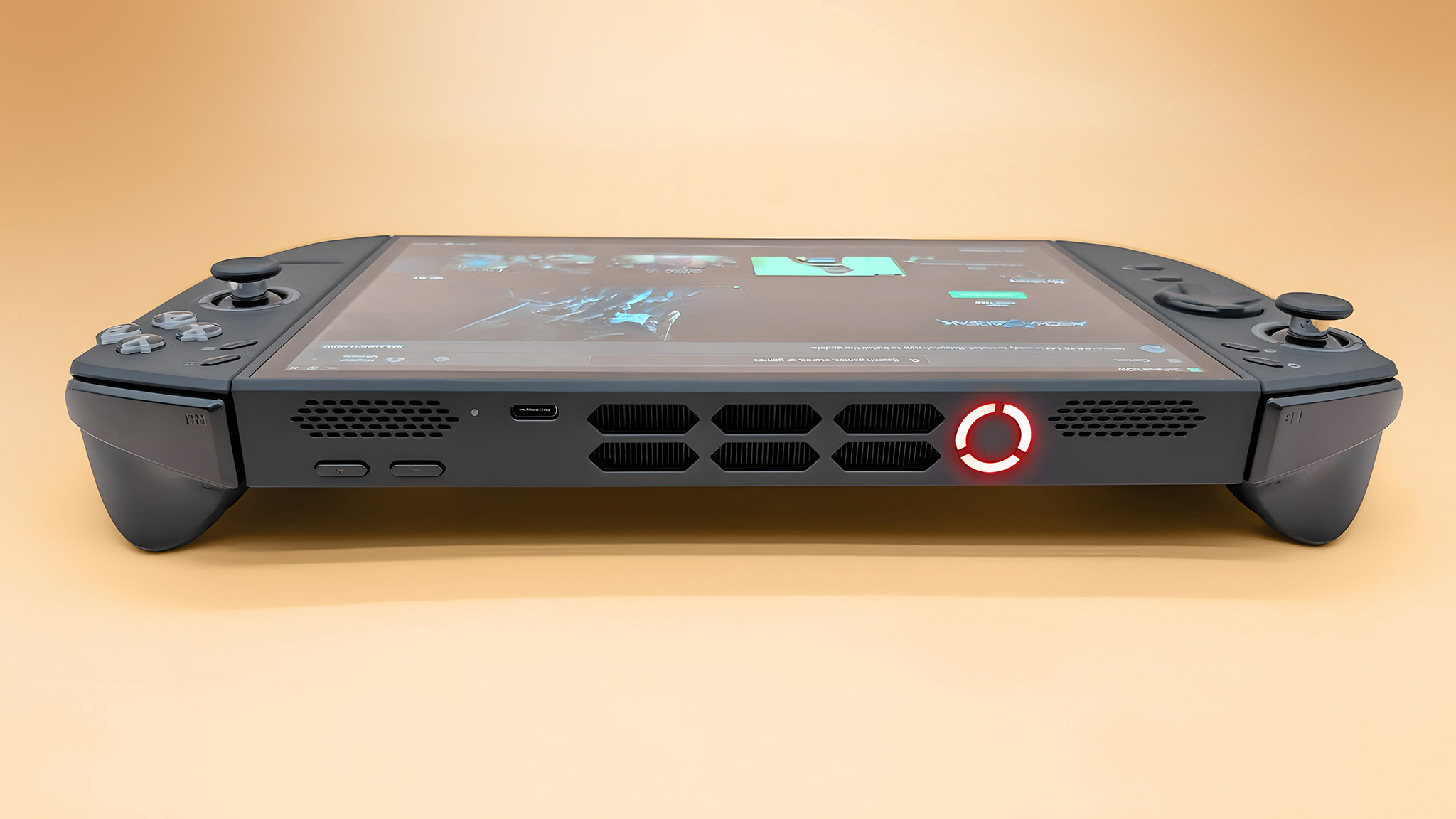
The Legion Go 2 features a significantly improved design compared to the first model, with the exception of how easily you can upgrade its components.
Just like the first Legion Go, this new version has controllers you can take off and a really solid kickstand. It’s great because the kickstand lets you adjust the angle, making it useful for more than just gaming – I can easily see myself using it to watch videos or browse the web.
I often set my handheld device on the kitchen counter while I’m cooking, using it to view recipes or watch shows. Then, after dinner, I’ll switch to playing games with it.
I like that it has two USB4 ports, but one is positioned on the bottom, which makes it a bit difficult to use when the device is connected to a dock or standing on a table.
As a researcher, I’ve found the right controller on this device is quite adaptable. It still works great for first-person shooter games, but what really sets it apart is the included dock. This allows you to connect a mouse, making it much easier to play games that require precise cursor control – something most Windows handhelds don’t offer.
I’m pleased to say the new design is much more comfortable to hold. The rounded edges and improved button layout make it easier to reach everything with my fingers.
The only buttons that feel a little out of the way are the two below the D-Pad, but that’s not a big deal because you don’t need to press them quickly while playing. One lets you switch between open apps, and the other quickly takes you between the game and your desktop. I’ll explain the controls in more detail later.
WHAT ABOUT UPGRADABILITY?
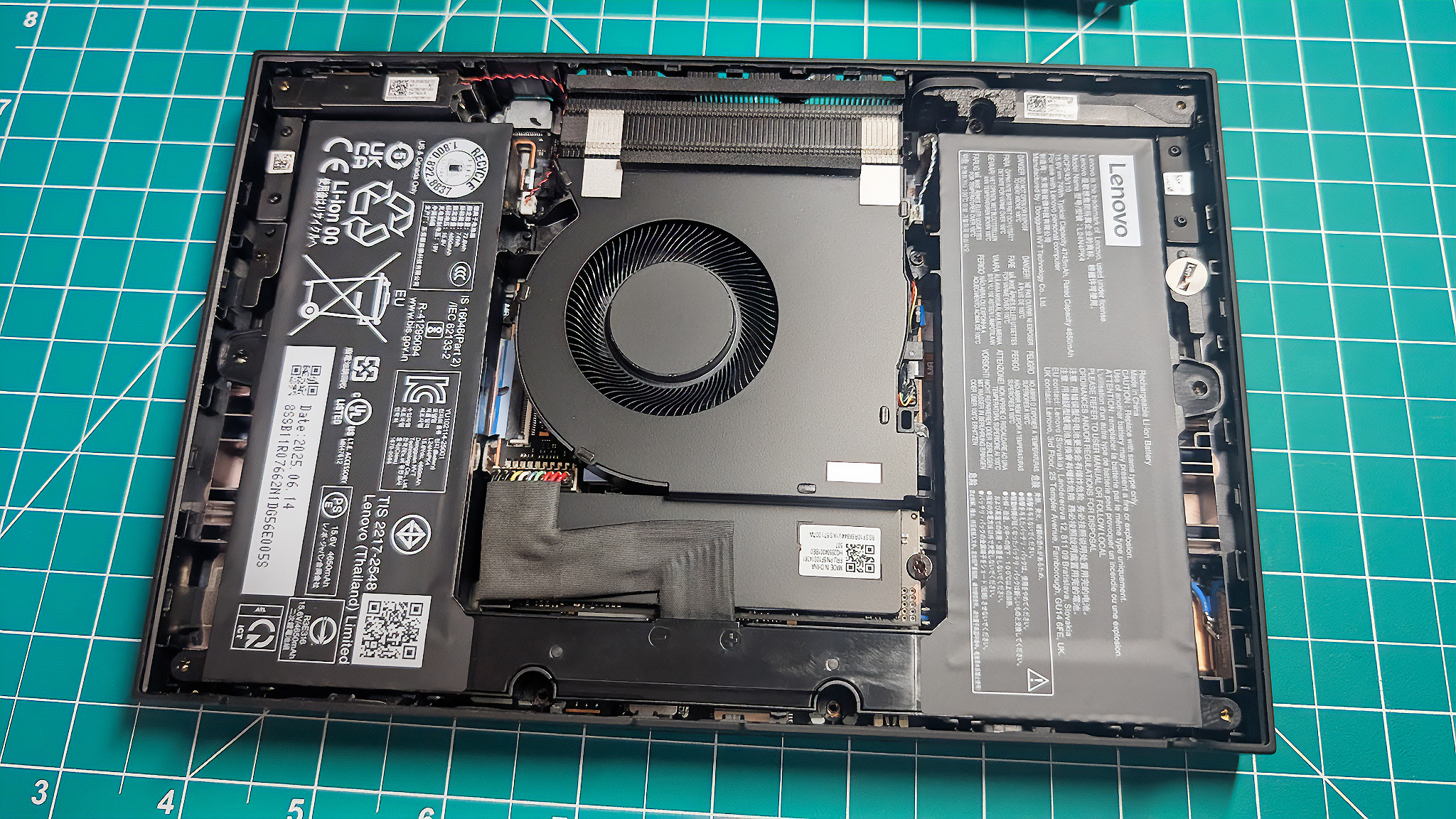
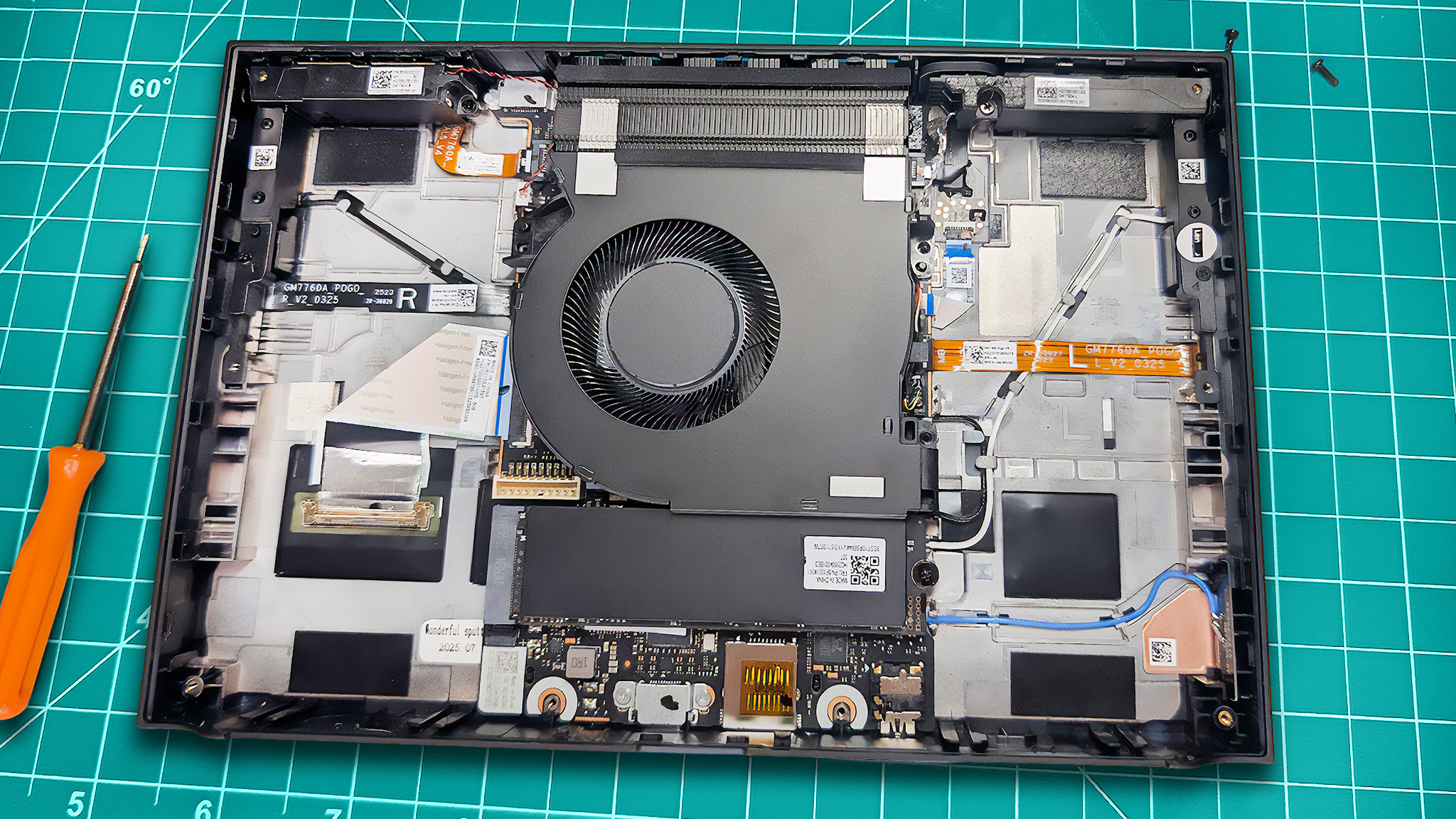
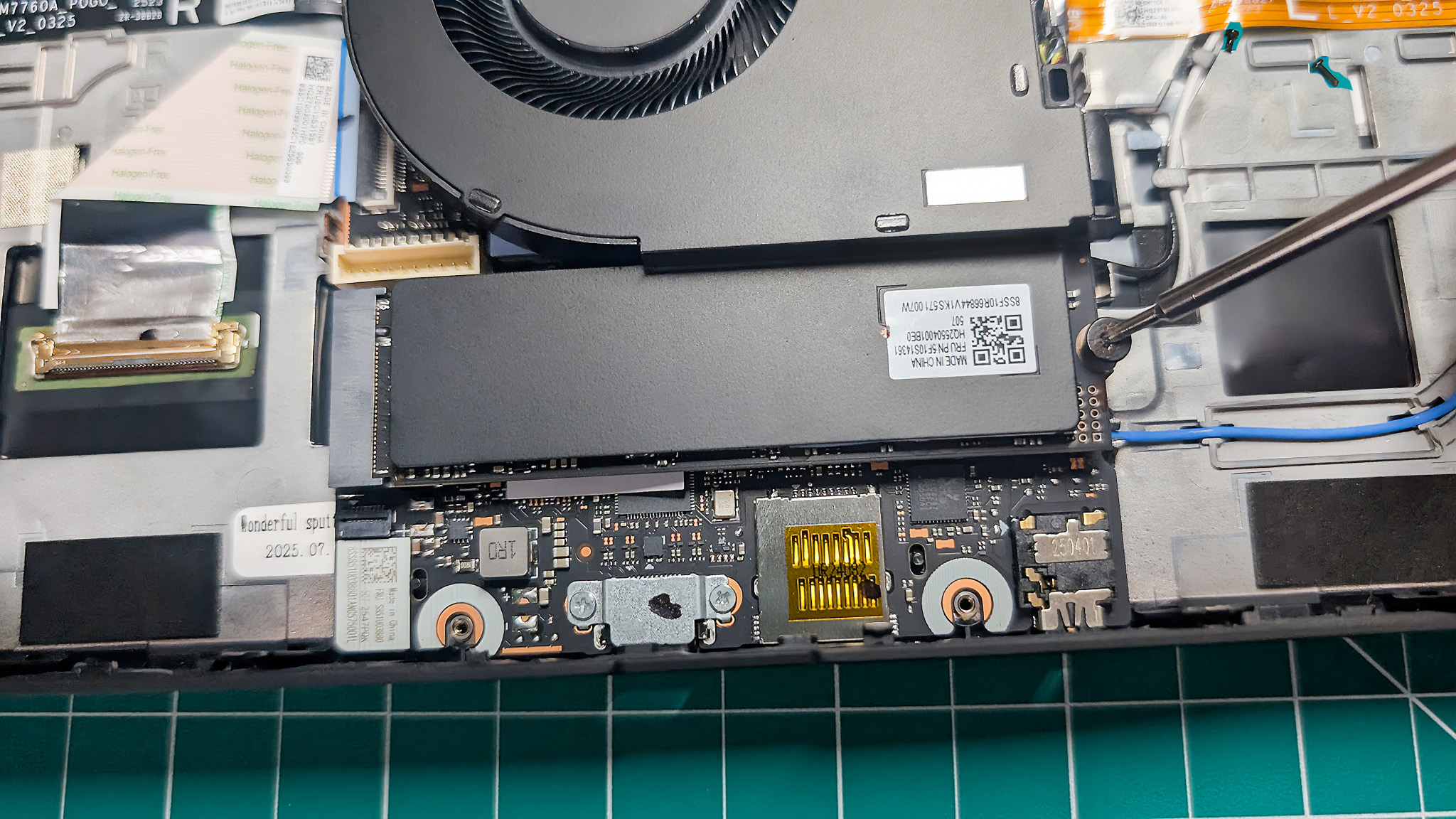
I was able to upgrade the storage on the original Legion Go pretty easily, and I documented the process in my guide. But upgrading the storage on the new Legion Go 2 is much more difficult.
As an analyst, I’ve found that upgrading the SSD in this device is surprisingly difficult. You have to remove the battery and a fan that’s firmly glued down with plastic clips. Because of the risk of damaging something during this process, I wouldn’t recommend it unless you’re comfortable with delicate hardware work. It’s definitely not a beginner-friendly upgrade.
This is quite different from the new Xbox Ally, which appears to be designed for easy upgrades. This is clear with the release of WD_BLACK SN7100X SSDs specifically made for the Ally handheld.
BUTTONS & JOYSTICKS ⭐⭐⭐⭐⭐
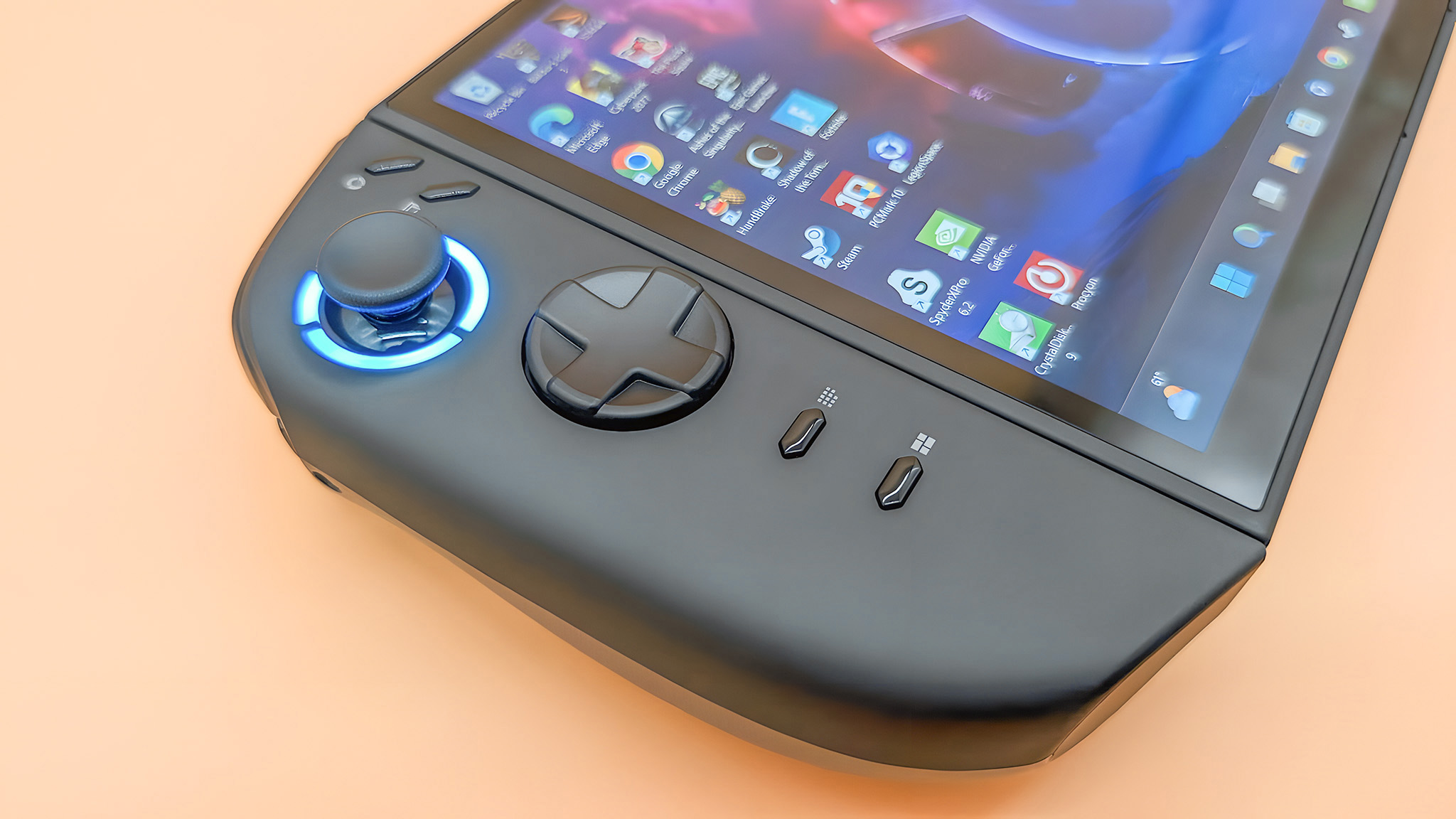
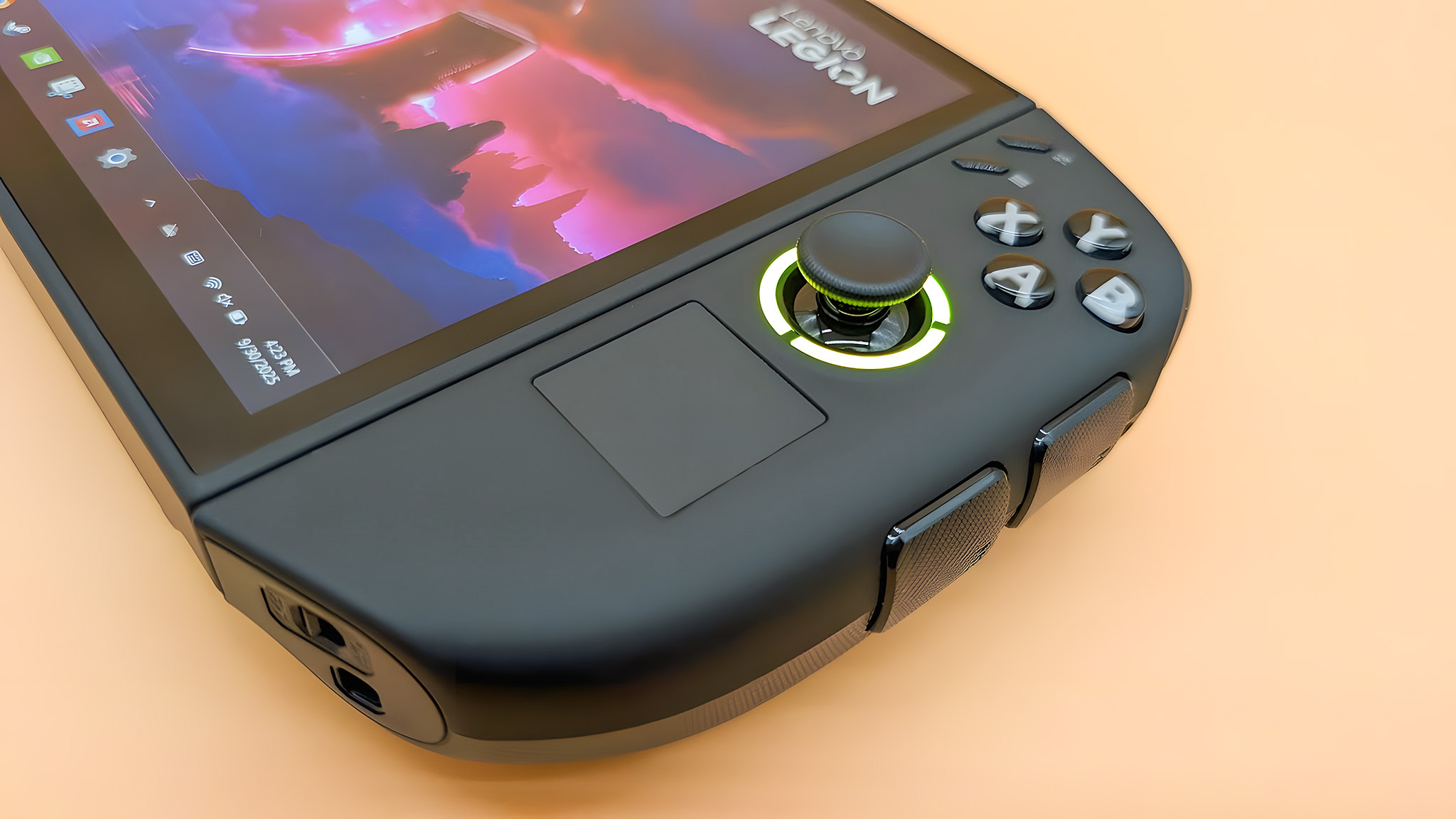
After spending a lot of time playing on the Legion Go 2, I can say the buttons, bumpers, and triggers still feel great – they’re quick and accurate. It also has the same Hall effect joysticks as the original, which means they won’t drift over time. This is a big advantage, as popular handhelds like the Steam Deck and the Xbox Ally X don’t offer this feature.
The updated D-pad is a big improvement – it feels much more precise and responsive, giving me a better sense of control compared to the older model. The touchpad is a bit smaller, but still works great for moving around the screen.
DISPLAY ⭐⭐⭐⭐⭐
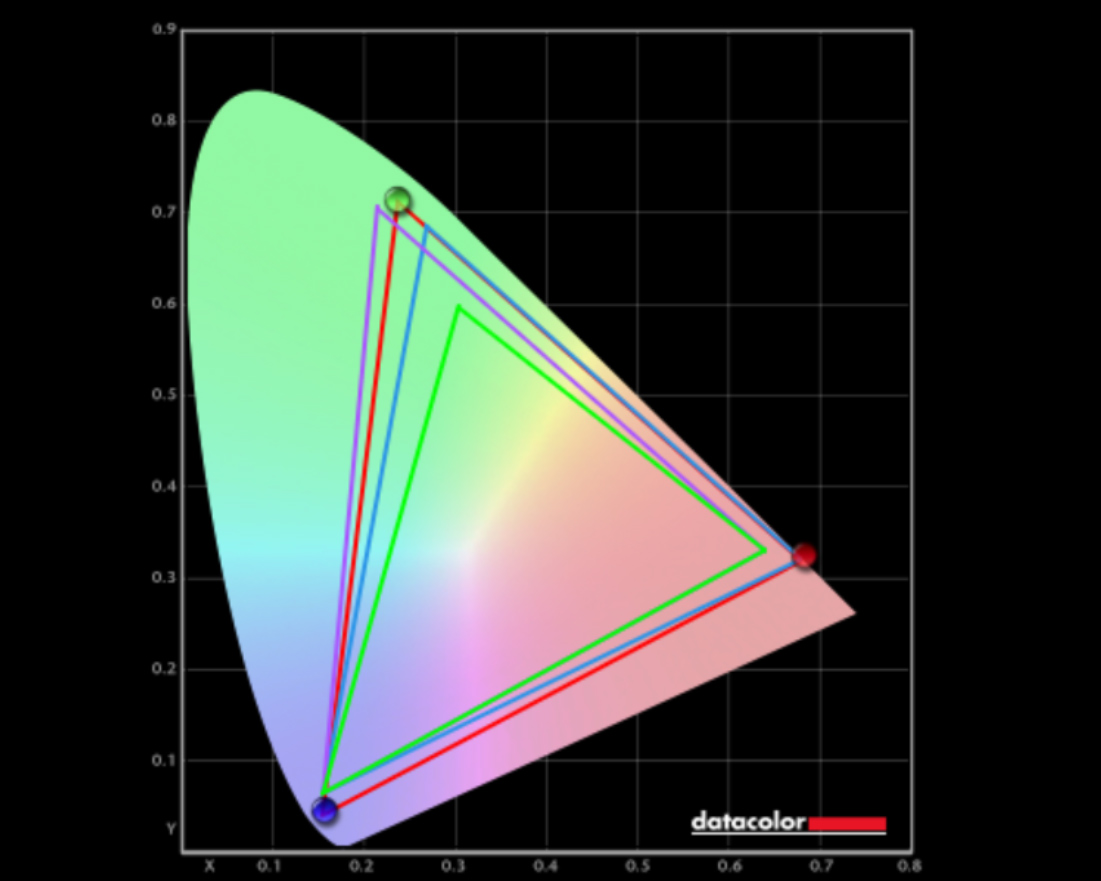
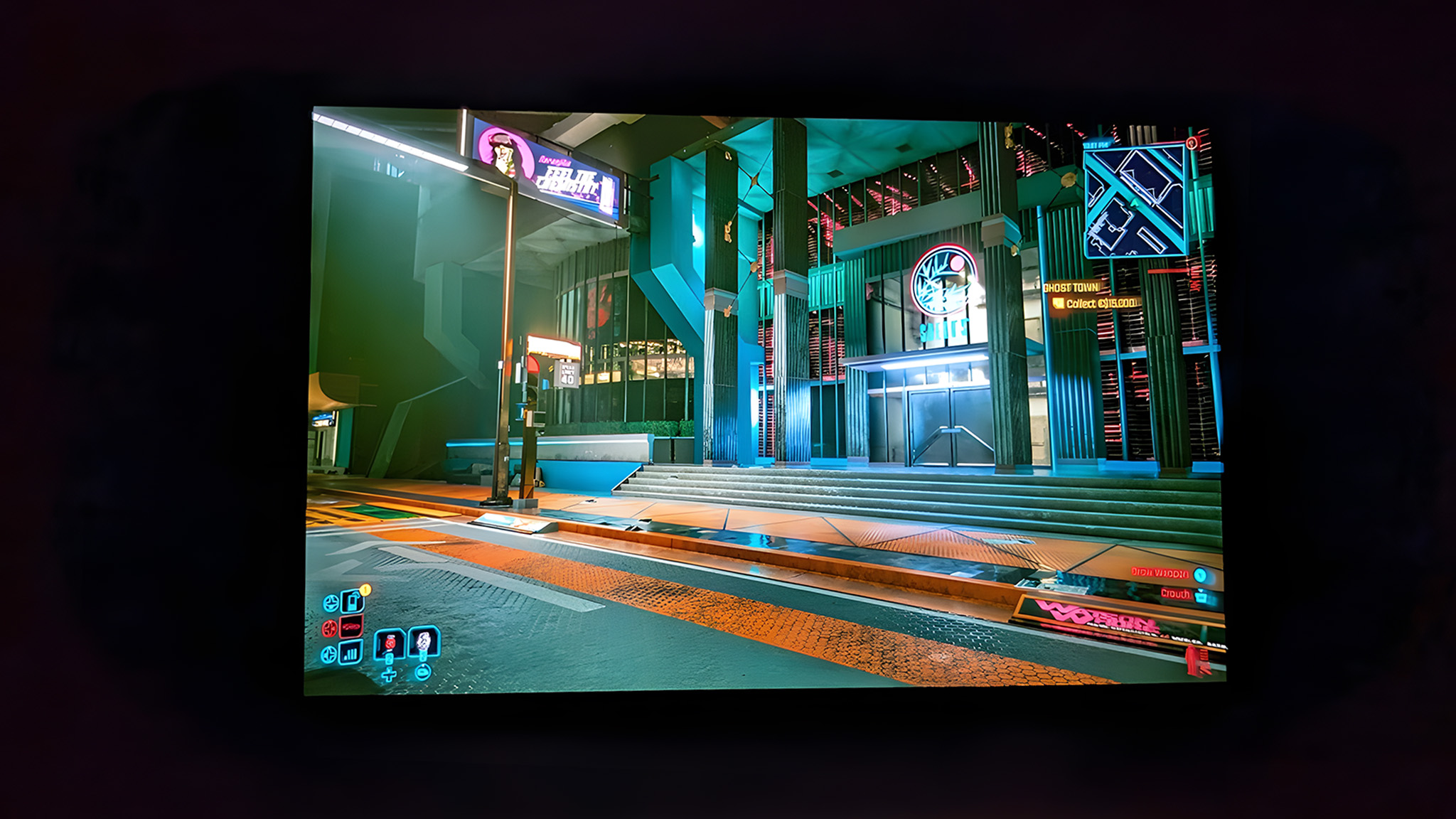
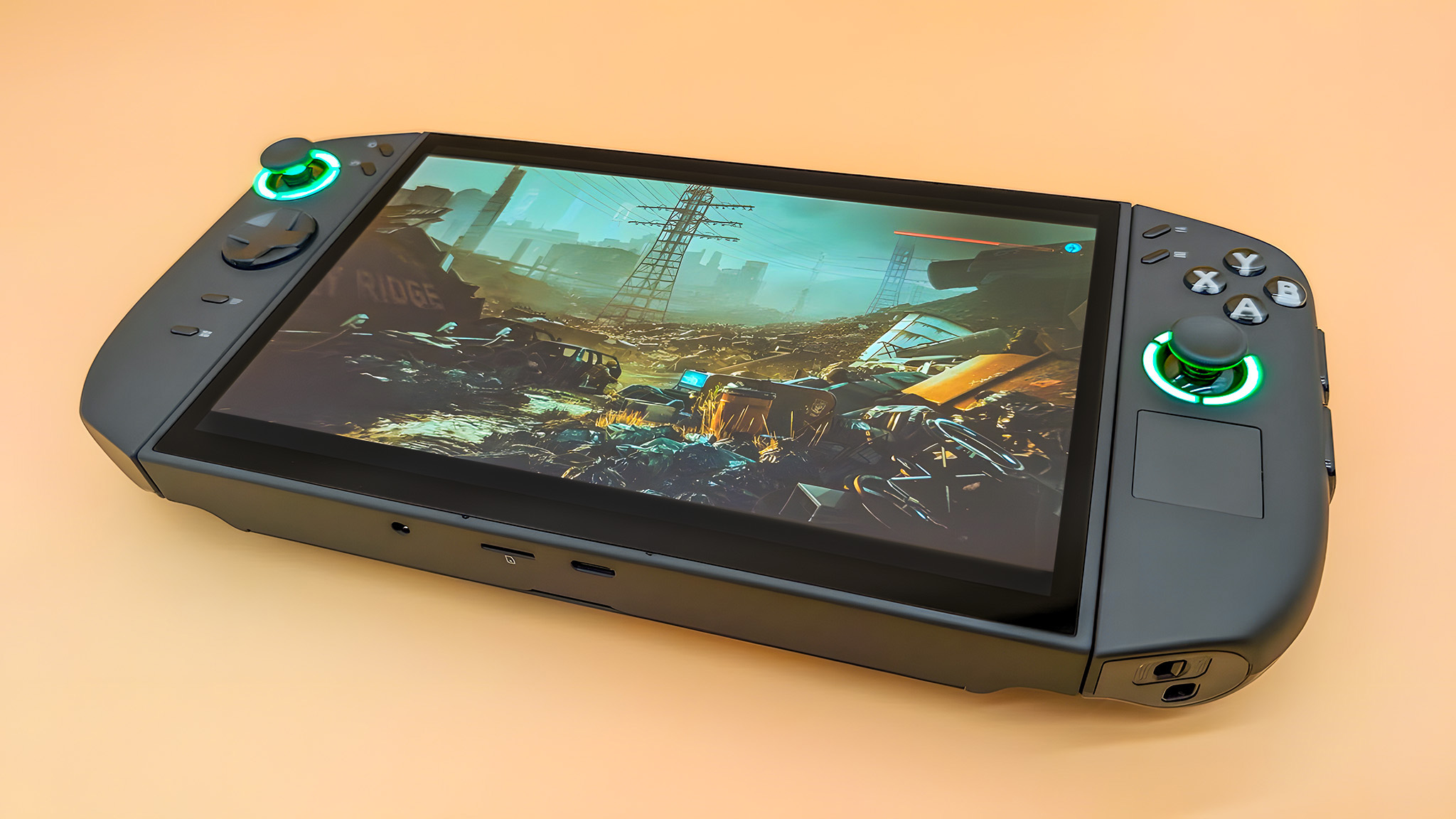
The Legion Go 2 boasts the best handheld gaming screen currently available, thanks to its stunning 8.8-inch 2K OLED display. It’s simply the best.
Color tests with my colorimeter showed this display covers a full 100% of the sRGB color space, 95% of Adobe RGB, and 100% of P3. It also reaches a brightness of 450 nits in standard dynamic range (SDR).
Games look incredibly vivid with deep blacks and sharp details, creating an immersive and visually stunning experience.
Plus, the screen is much bigger than on most portable devices, making my games feel more immersive.
The Legion Go 2 features a built-in landscape screen with variable refresh rate (VRR) technology, resulting in smoother visuals and improved clarity compared to the original Legion Go. This makes gameplay and other fast-paced content look significantly better on the new handheld.
PERFORMANCE ⭐⭐⭐⭐
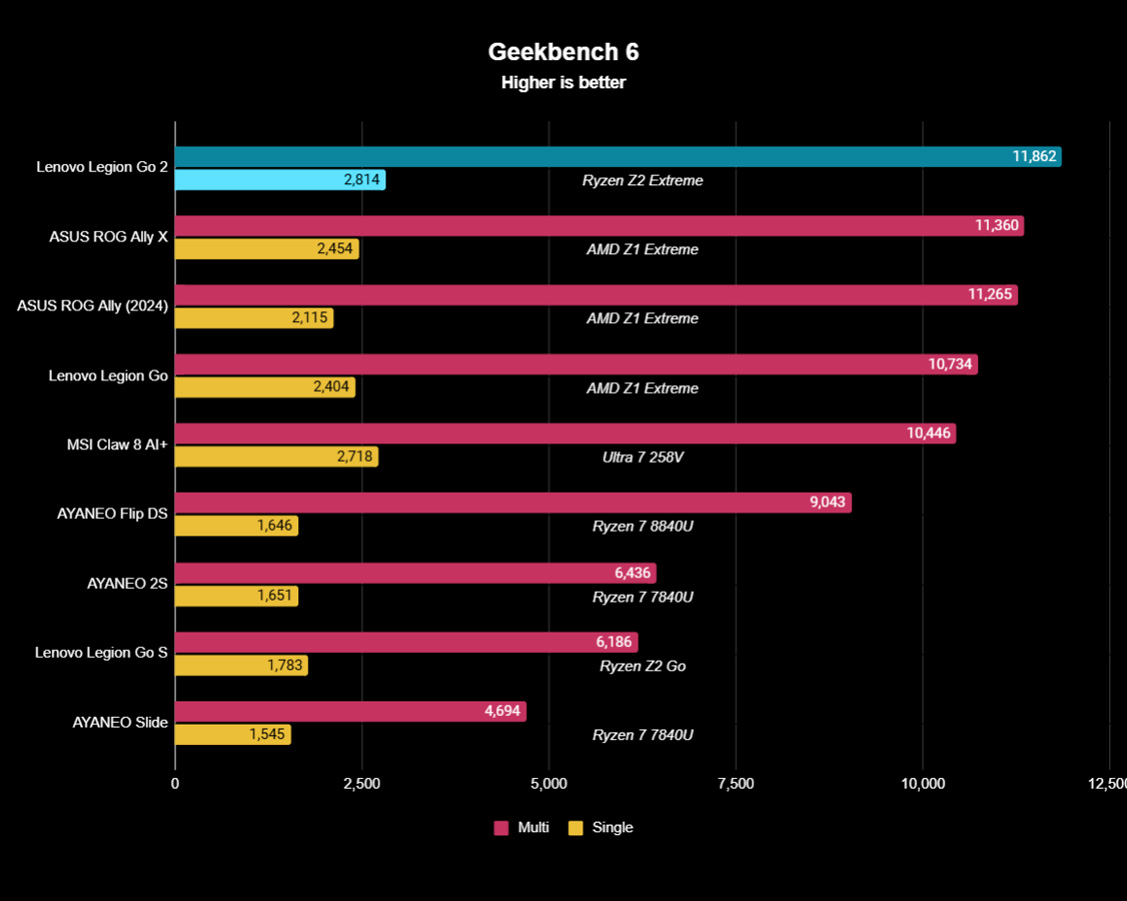
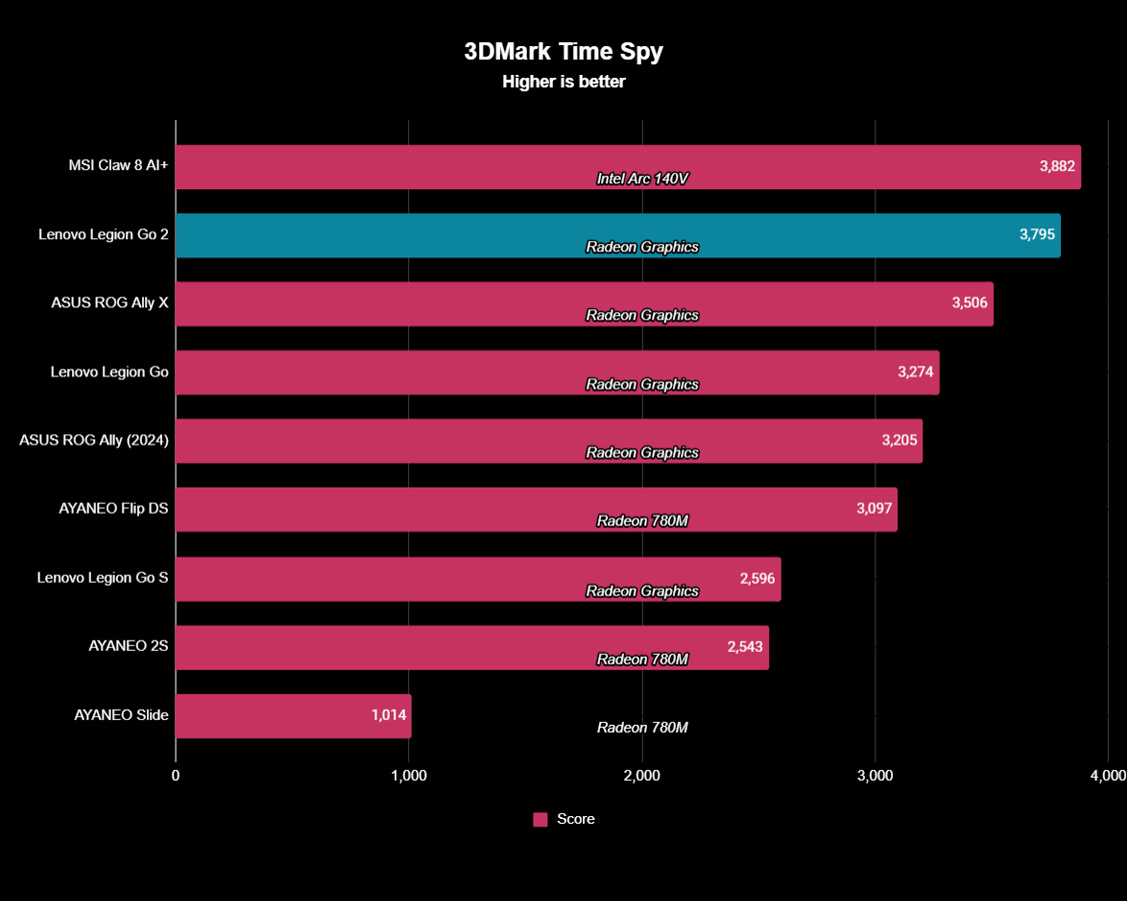
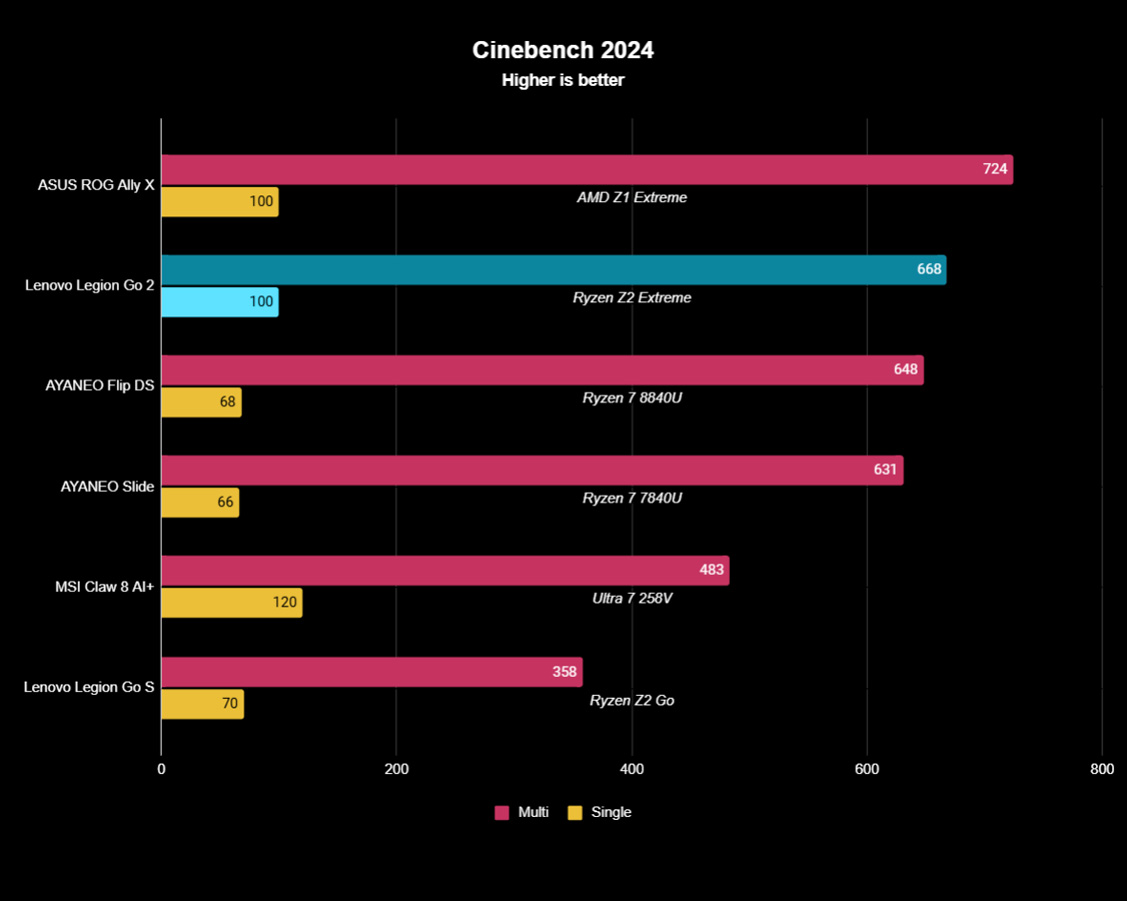
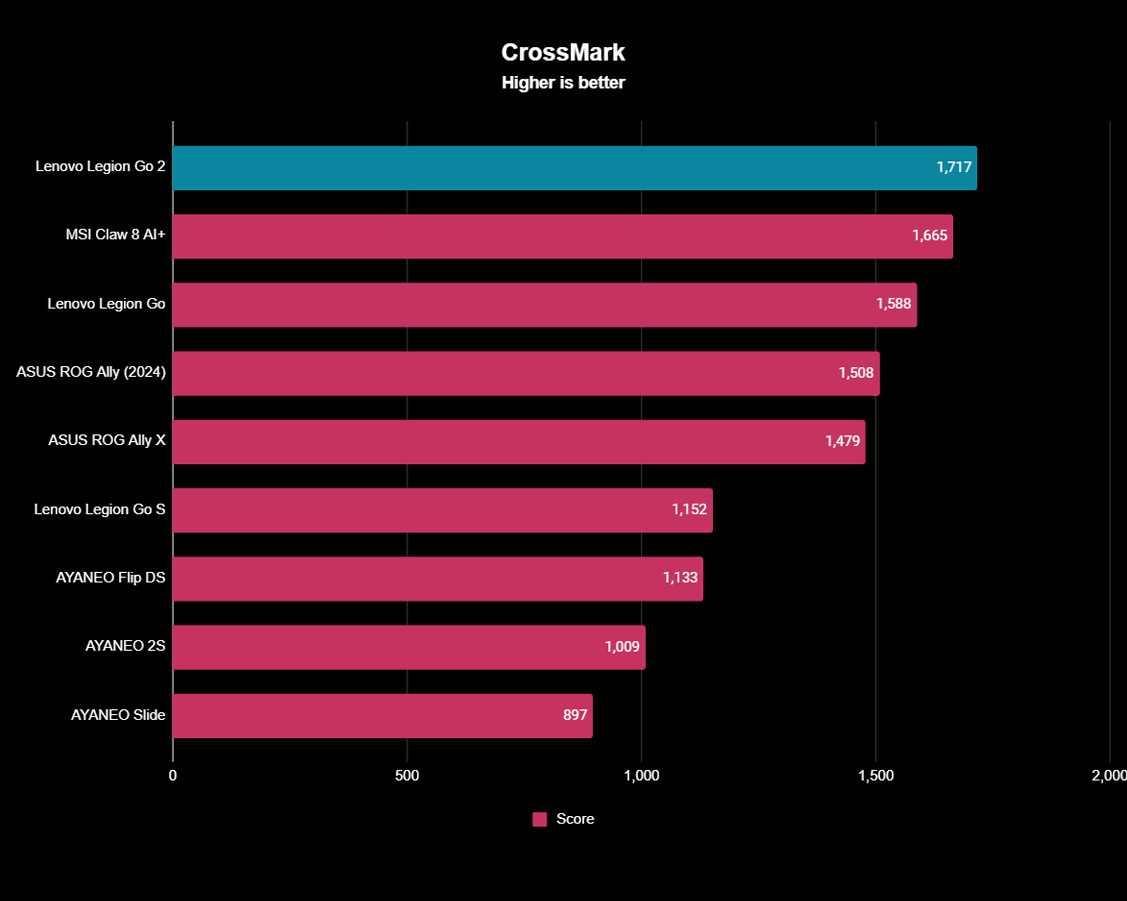
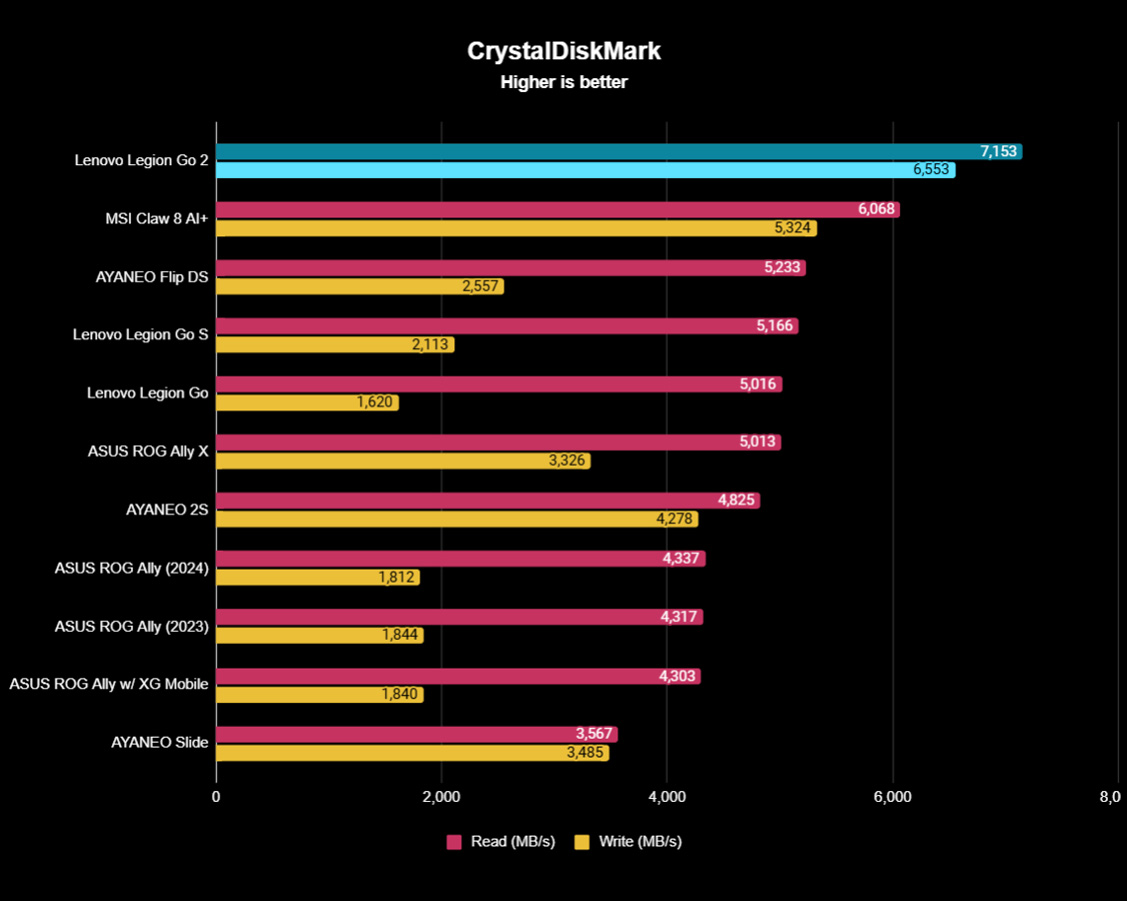
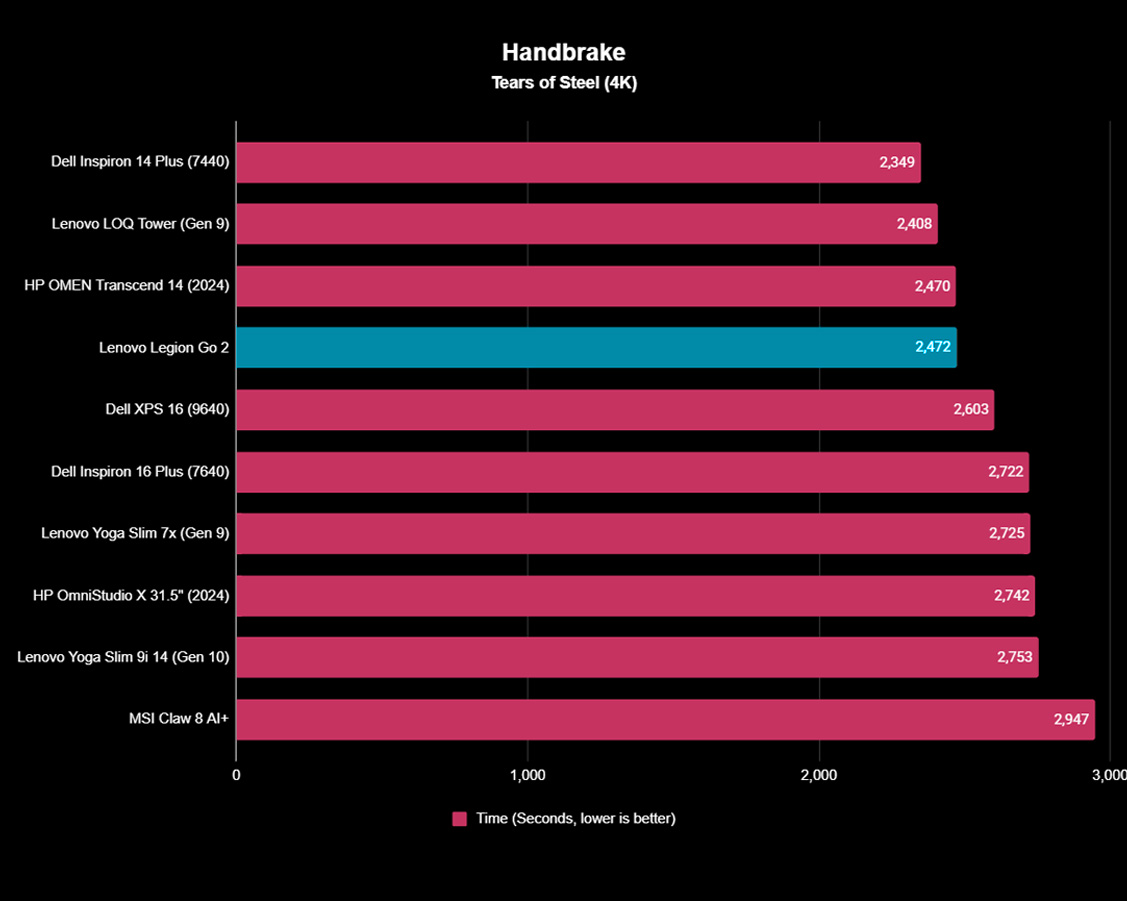
The Legion Go 2 delivered smooth gaming experiences, handling everything from simple 2D games to large, detailed open-world titles with ease.
After thoroughly testing the Legion Go 2, I found it performs better than the original Legion Go and the ROG Ally X (both with Z1 Extreme processors). However, the improvements are generally small.
Even though the frame rate might only be a little better, this device offers much smoother gameplay thanks to its VRR support, something the previous version lacked.
Gaming benchmarks
I ran the following tests while the Legion Go 2 was set at Performance mode (30W TDP).
- Ashes of the Singularity — 75.3 FPS (Normal preset, 1080p resolution, 240Hz refresh rate, V-sync enabled)
- Ashes of the Singularity — 48.4 FPS (Heavy preset, 1080p resolution, 240Hz refresh rate, V-sync enabled)
- Cyberpunk 2077 — 41.72 FPS (Low preset, Path Tracing and Ray Reconstruction disabled, 1200p resolution, 144Hz, V-sync disabled, AMD FidelityFX Super Resolution 2.1 set to “Auto,” frame generation disabled)
- Cyberpunk 2077 — 38.66 FPS (Steam Deck preset, Path Tracing and Ray Reconstruction disabled, 1200p resolution, 144Hz, V-sync disabled, AMD FidelityFX Super Resolution 2.1 set to “Auto,” frame generation disabled)
- Shadow of the Tomb Raider — 36 FPS (High preset, 1200p resolution, V-sync enabled)
- Shadow of the Tomb Raider — 29 FPS (Highest preset, 1200p resolution, V-sync enabled)
PC benchmarks
| Plugged in | Unplugged | |
| Geekbench 6 (CPU) | 11,963 multicore score, 2,805 single-core score | 9,969 multicore score, 2,120 single-core score |
| Cinebench R24 (CPU) | 668 multicore score, 100 single-core score | 592 multicore score, 88 single-core score |
| 3dMark Time Spy (GPU) | 3,745 | 3,546 |
| CrossMark (System performance) | 1,717 | 1,175 |
| CrystalDiskMark (SSD speeds) | 7,153 MB/s read, 6,553 MB/s write | 3,581 MB/s read, 3,517 MB/s write |
| Handbrake (4K transcoding) | 2,471 seconds | 2,720 seconds |
Running Cyberpunk 2077 with Steam Deck settings at 60Hz on Performance mode, the Legion Go 2 averaged 38 frames per second – a small improvement over the original Legion Go at the same settings.
Like most AMD-powered handhelds, the Legion Go 2 performs better when plugged into its 65W adapter than when running on battery. Keep this in mind when choosing games, as performance will vary.
THERMALS & FAN NOISE ⭐⭐⭐⭐⭐
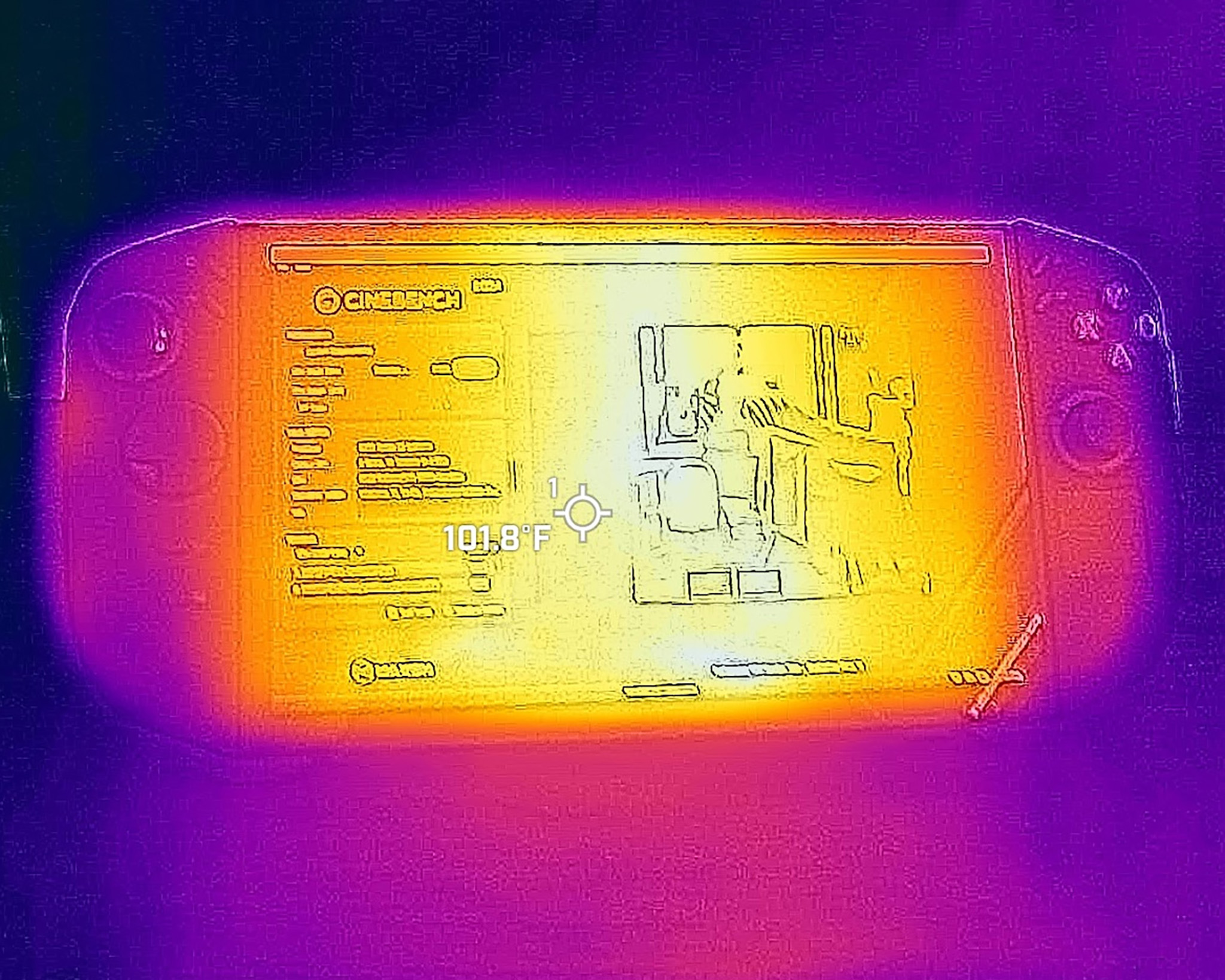
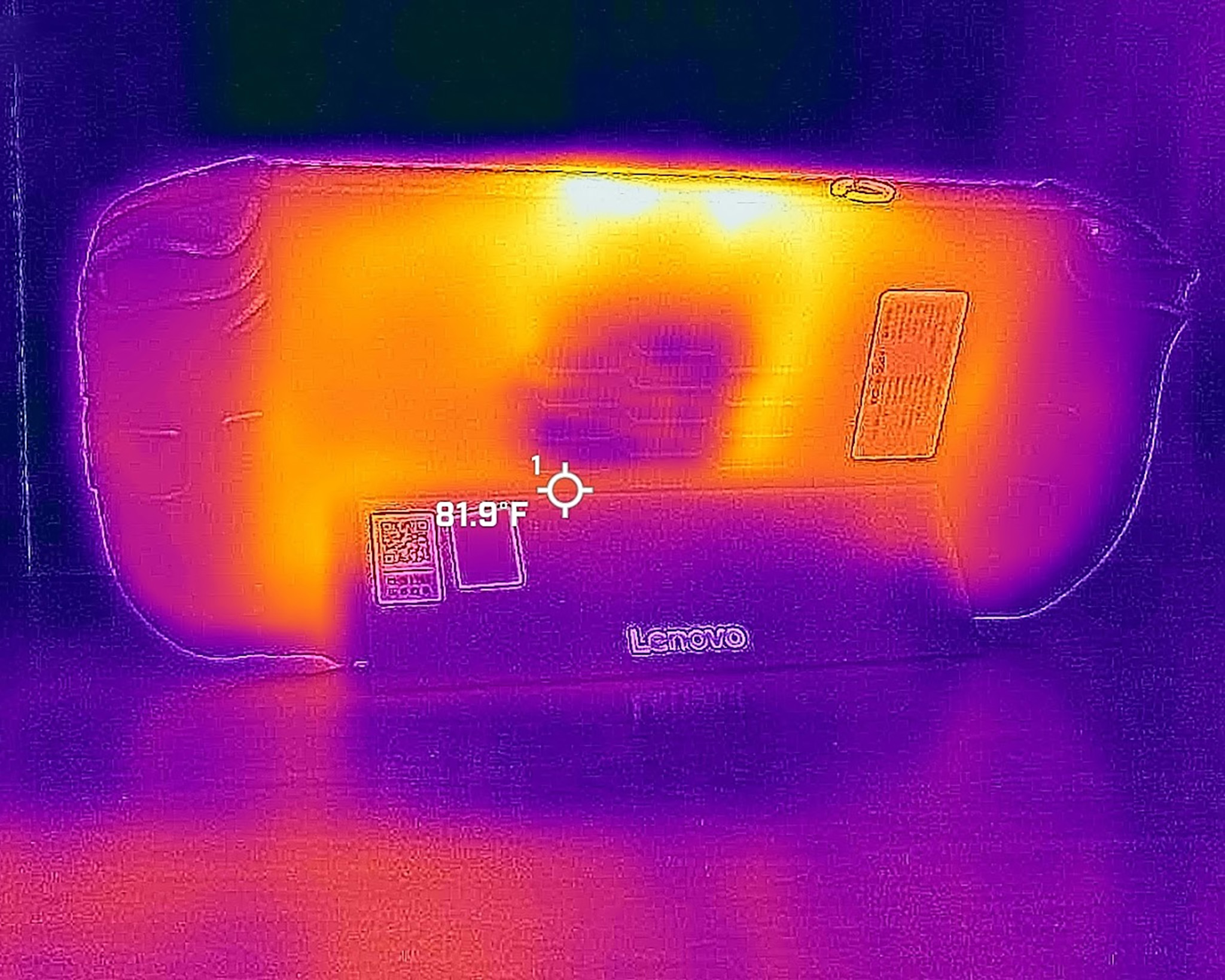
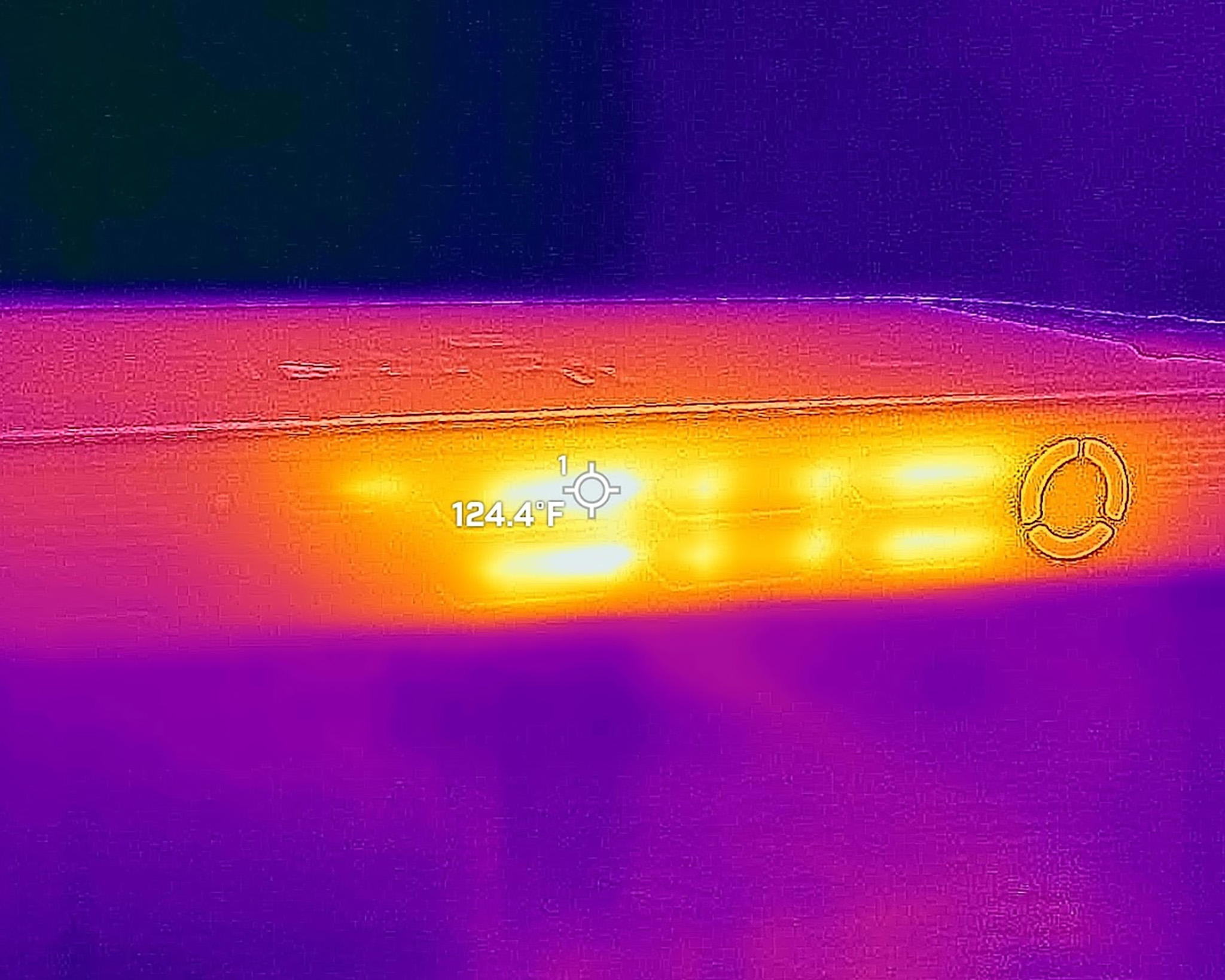
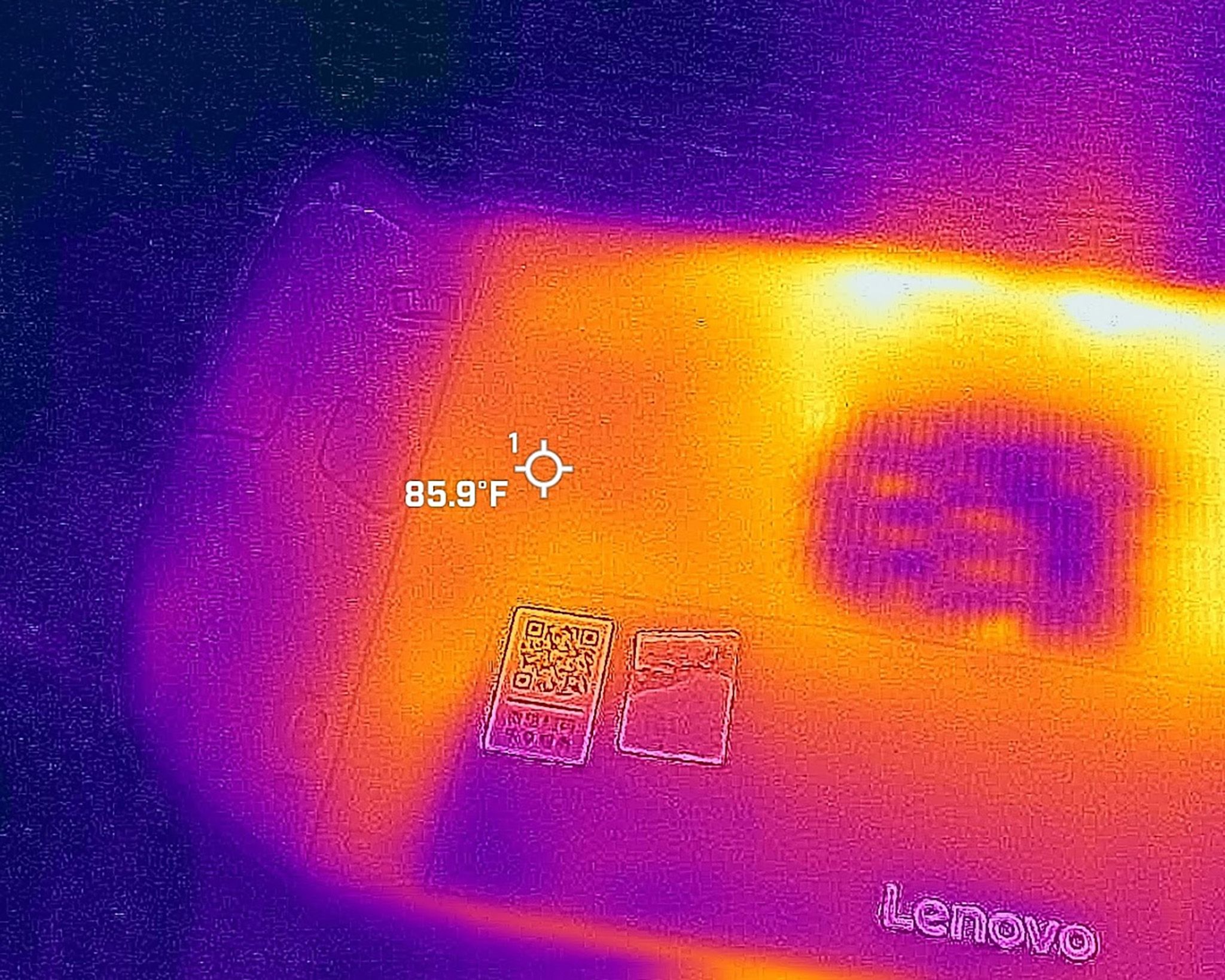
During a demanding 20-minute test, the Legion Go 2 proved to have good cooling performance. A thermal camera showed the vents reached 124°F (51°C), the screen and microSD card area reached 103°F (38.9°C), and the back of the device stayed relatively cool at 86°F (30°C). Like most handheld gaming devices, the fan does get noticeably louder when under heavy load, but it’s not excessively noisy- peaking at 35.2 dB from arm’s length and 51.3 dB when measured close to the vents.
SOFTWARE & CONNECTIVITY ⭐⭐⭐⭐
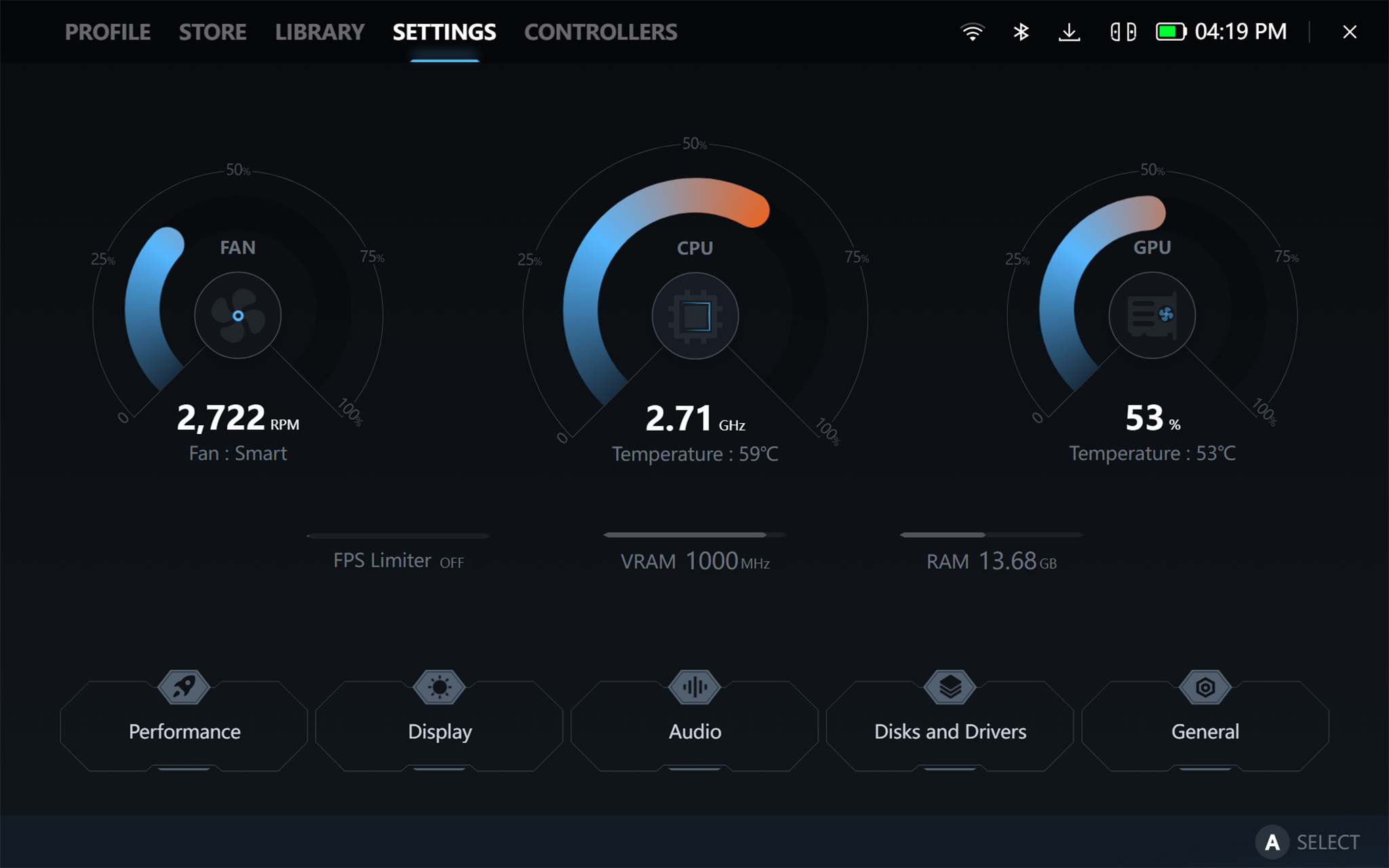
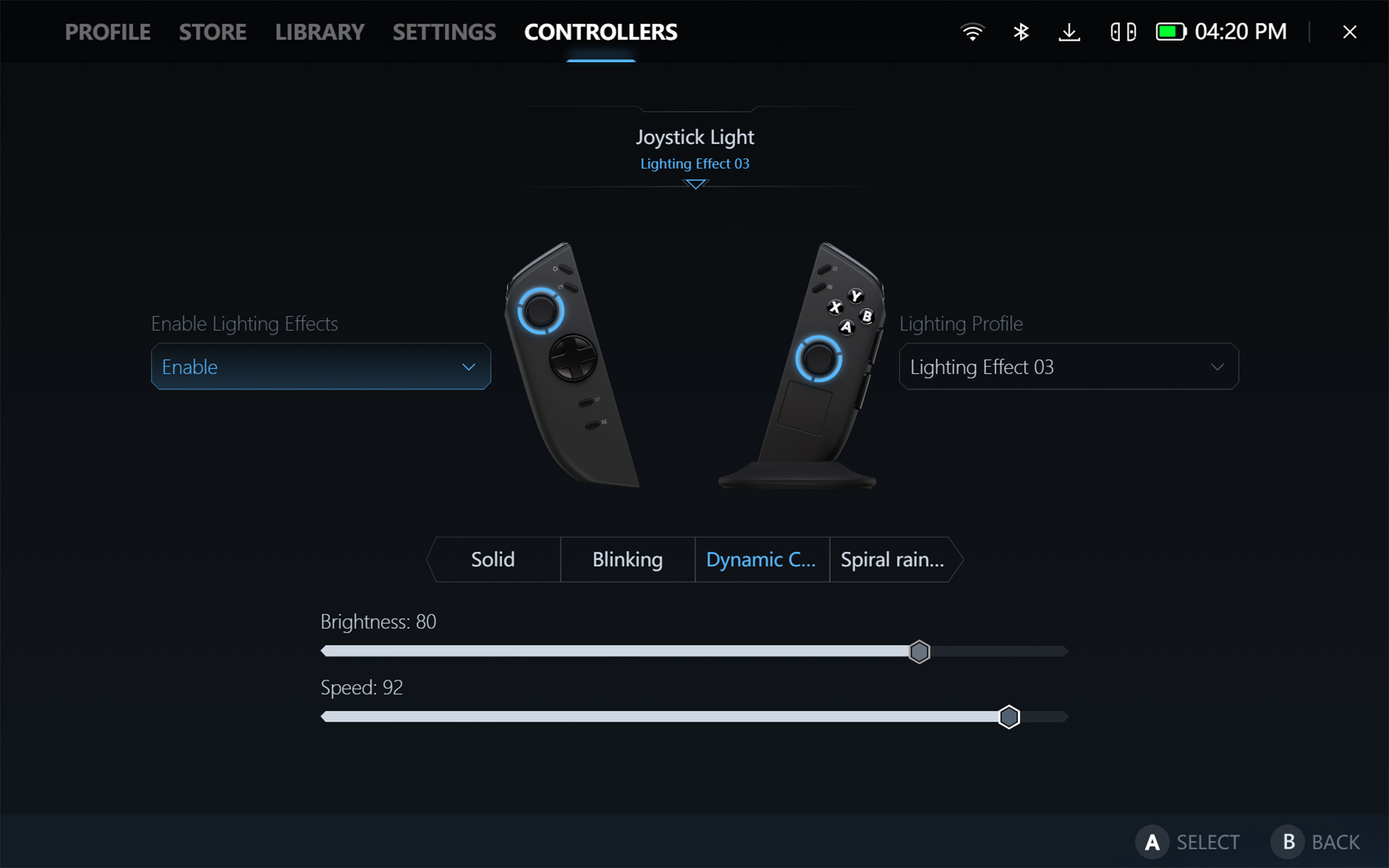
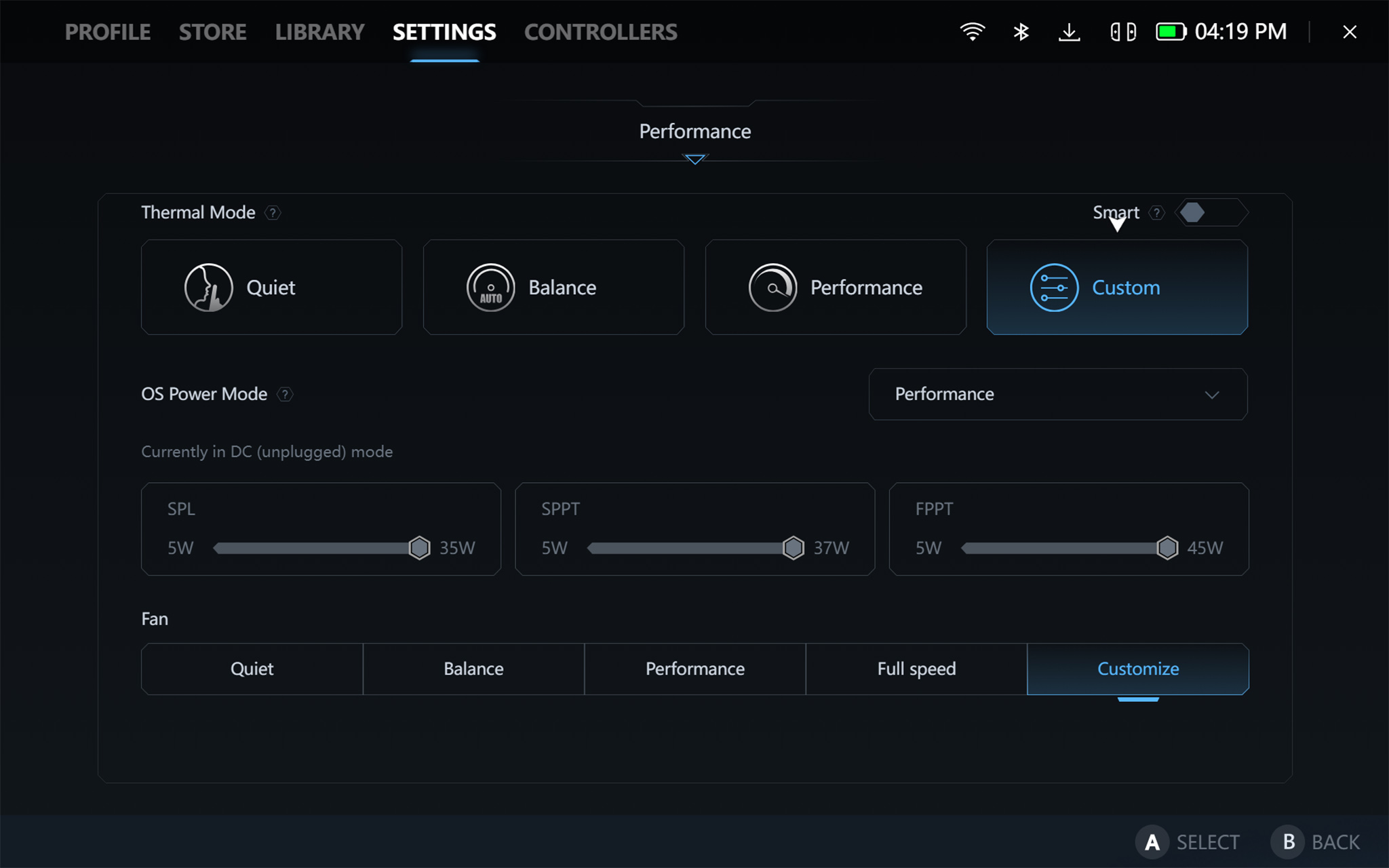
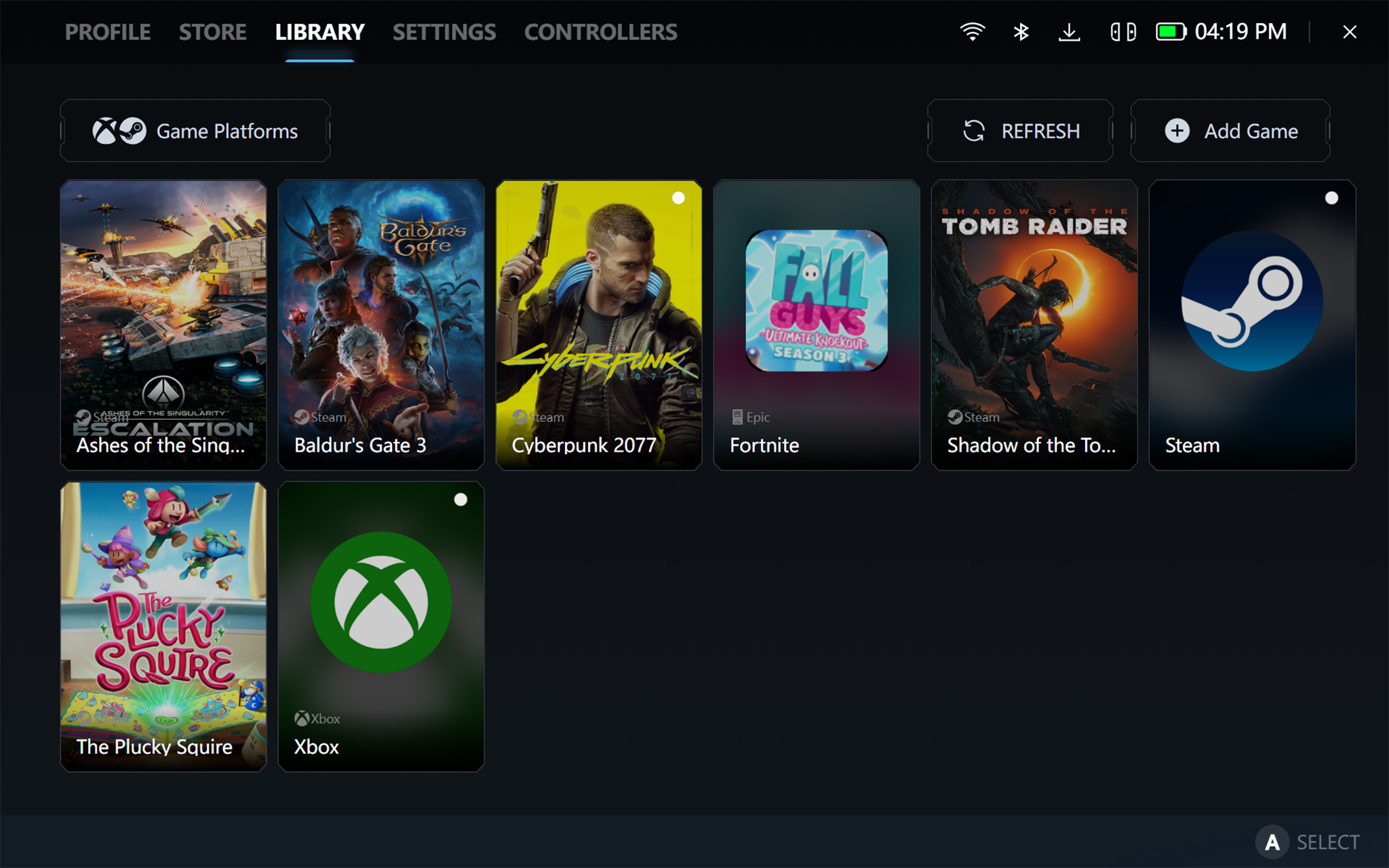
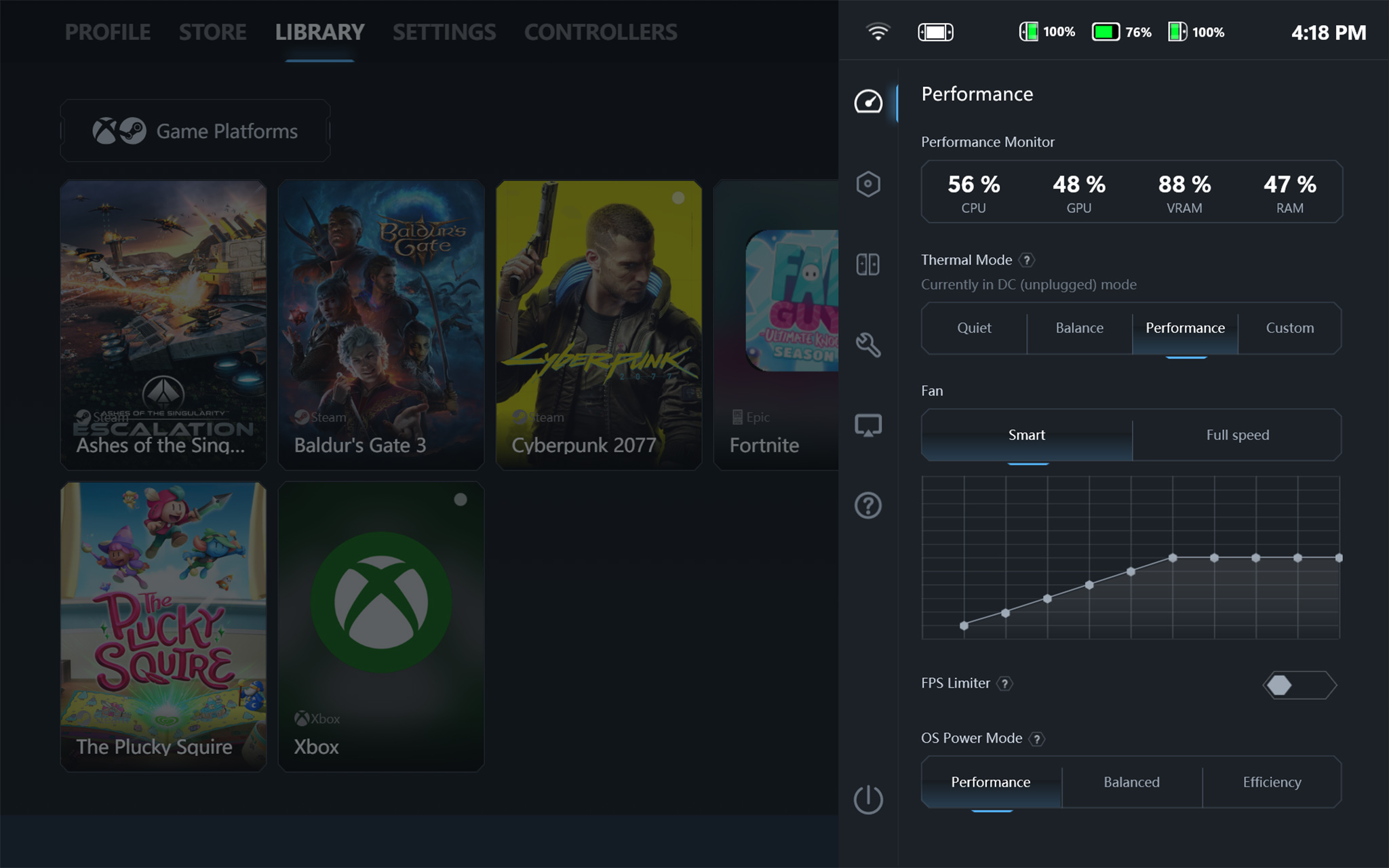
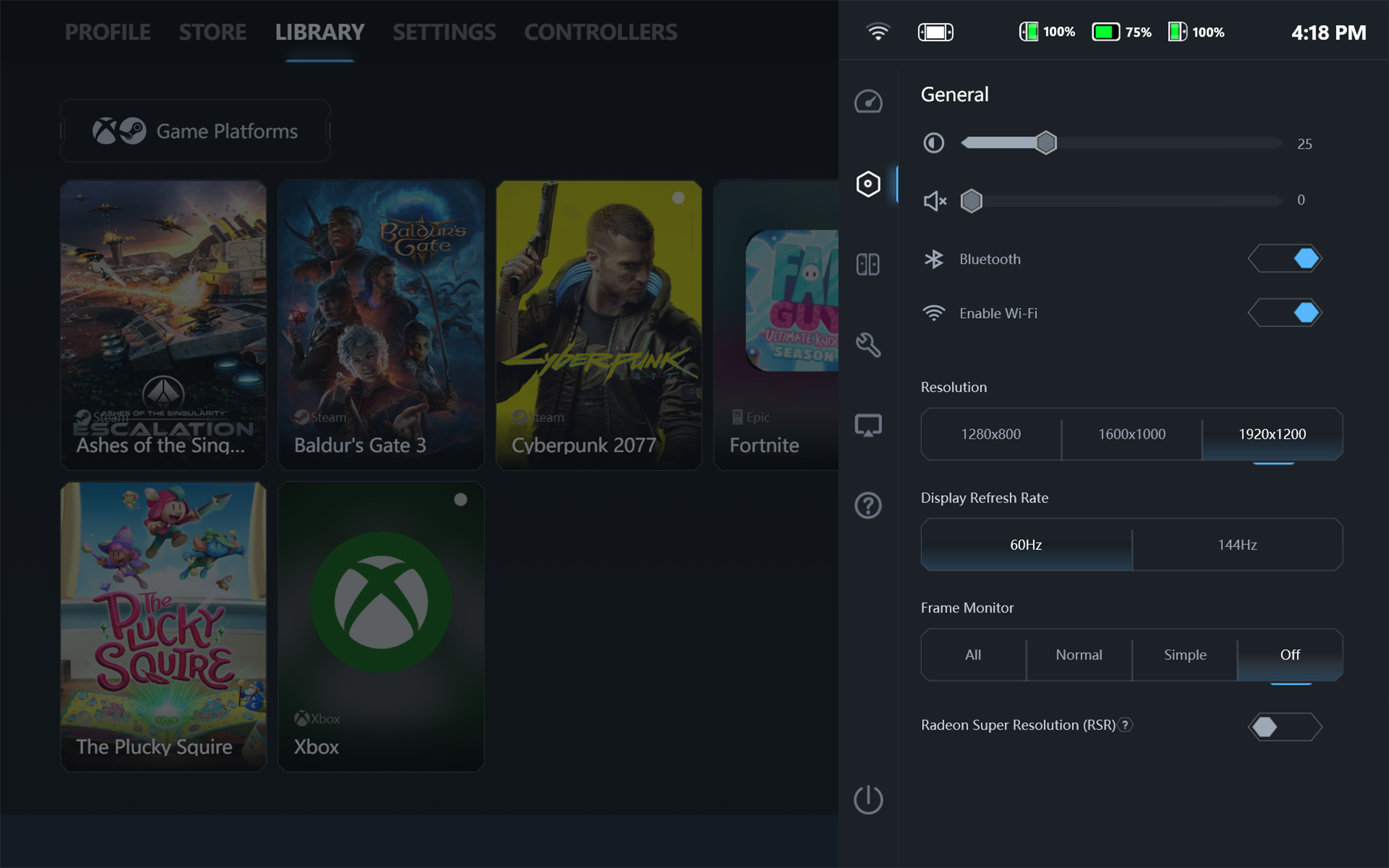
Legion Space is already on the Legion Go 2, and it’s really useful. I can use it to change settings for the system and controllers, start playing games, or even buy new ones. There’s a button on the side that quickly opens a menu where I can easily adjust things like performance levels, fan speed, lighting effects, and screen settings.
The Legion Go 2 is easy to use, but doesn’t offer as much detailed control as the software found on some competing devices like the ASUS ROG Ally X. Specifically, adjusting the device’s video memory still requires accessing the BIOS settings, whereas the ROG Ally X allows this to be done directly through the software.
If you’re okay with less customization on your device, this won’t be a problem.

This new version of the Legion Go improves on the original by adding fingerprint login with Windows Hello. It features a spacious and reliable fingerprint reader on the top of the device – I found it worked perfectly.
I connected several accessories to my handheld gaming device: an Xbox controller with Bluetooth, a headset using Wi-Fi, a mouse and keyboard with a USB-C adapter, and a docking station via a USB-C cable. Everything connected smoothly and worked perfectly without any disconnections.
Just so you know, the Legion Go 2 is quite a bit bigger than other handheld gaming devices. Because of this, the JSAUX 6-in-1 dock is the only one I’ve found that actually fits and works with it.
BATTERY LIFE ⭐⭐⭐⭐
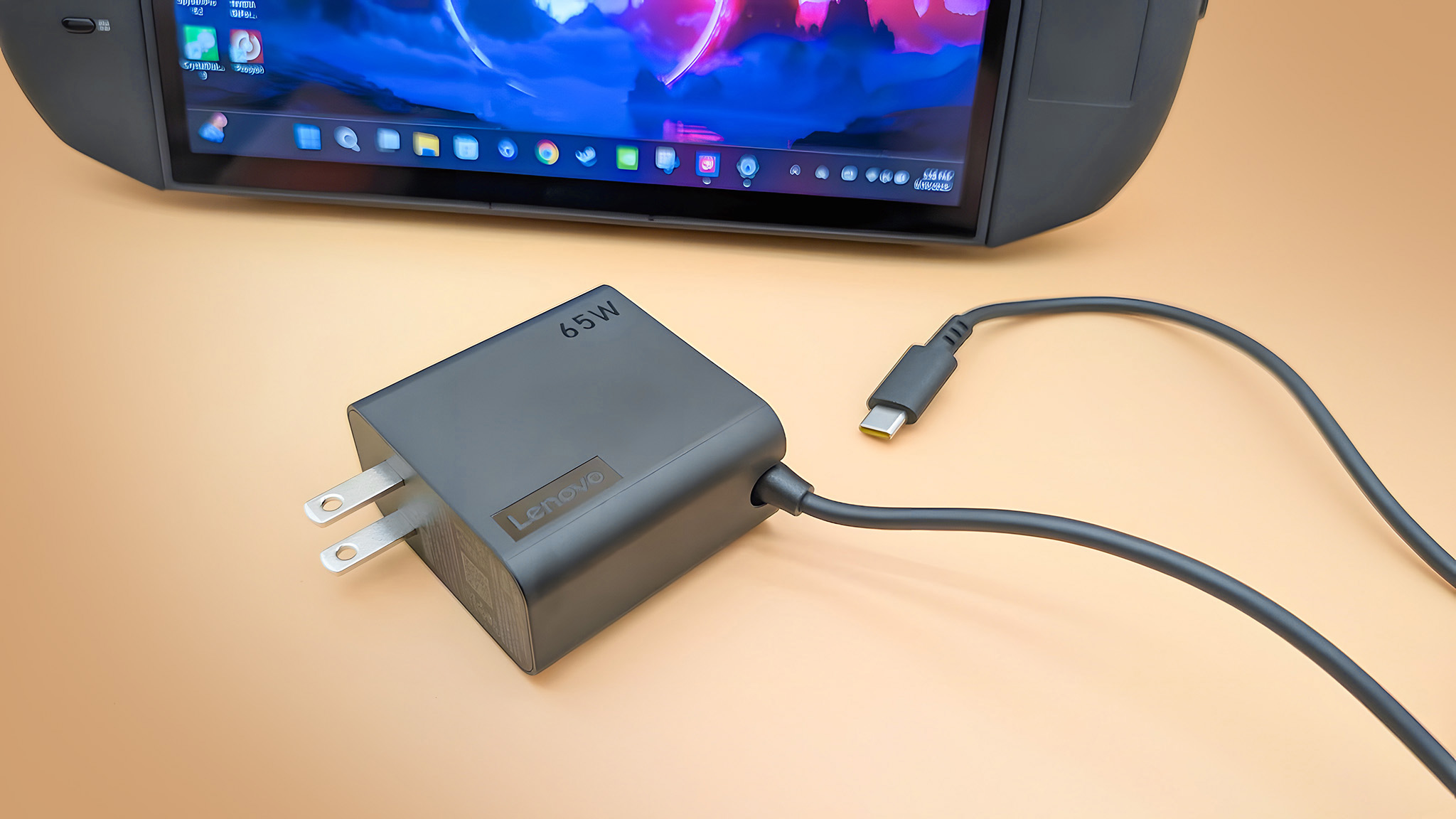
The Legion Go 2 boasts a significantly bigger battery – 74Wh compared to the original’s 49.2Wh. However, even with the larger battery, I found the battery life to be about the same when playing demanding games.
- 2hrs 17 mins — Cyberpunk 2077 (Steam Deck preset) on Performance mode with screen at 68% brightness.
- 5hrs 18 mins — Celeste on Efficiency mode with screen at 24% brightness.
- 11hrs 30 mins — Running basic office tasks like website browsing and document writing with screen at 68% brightness.
The Legion Go 2’s battery life isn’t significantly better for demanding games, but it performs about as well as other portable gaming devices, which is a positive thing.
Lenovo Legion Go 2: Should you get it?
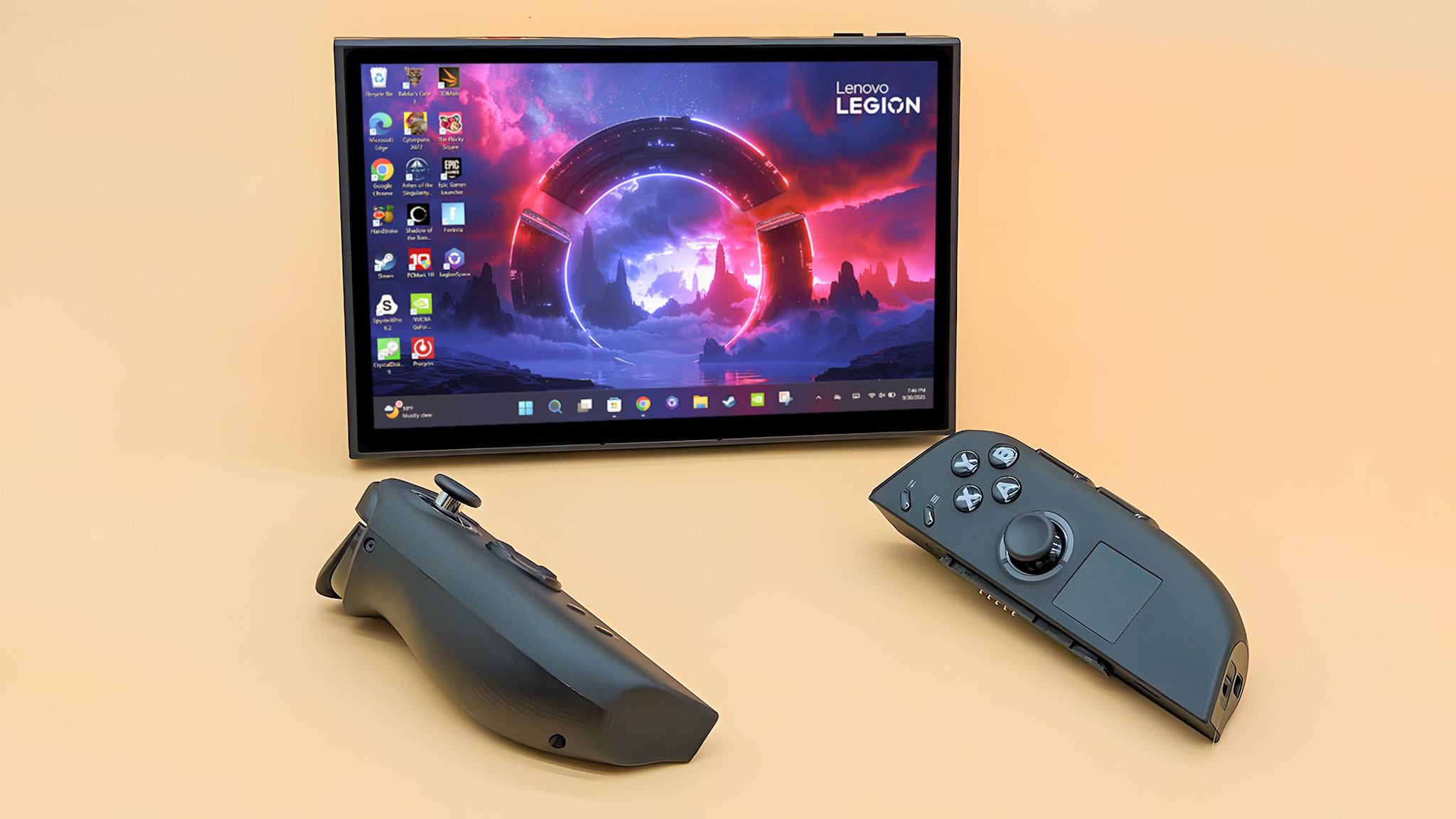
✅ You should buy this if …
- You want a versatile Windows handheld that can be used in tabletop, handheld, and docked modes
- You want the best handheld display to date
❌ You should not buy this if …
- You don’t need a premium handheld with detachable controllers
- You’re looking for a less expensive handheld that can still play AAA games
The Lenovo Legion Go 2 really shines among other handheld gaming devices, including strong competitors like the Xbox Ally X and Steam Deck. Its big, beautiful OLED screen – with its bright colors, clear picture, and smooth motion – makes games feel incredibly immersive.
As an analyst, I’ve been testing the device, and I’m really impressed with the new rounded design – it feels great in my hands, and it’s much easier to reach all the buttons. What really sets it apart, though, is the versatility. The detachable controllers and built-in kickstand make it far more adaptable than most handheld gaming PCs I’ve used.
As a researcher looking at portable gaming, I’ve found the Legion Go 2 really stands out. If you’re after a device that does everything – streaming, movies, and gaming – and you prioritize a fantastic screen, this is definitely one to consider.

Stay up-to-date with the latest from Windows Central by following us on Google News! You’ll get our news, insights, and features right in your feed.
Read More
- The Most Jaw-Dropping Pop Culture Moments of 2025 Revealed
- Ashes of Creation Rogue Guide for Beginners
- ARC Raiders – All NEW Quest Locations & How to Complete Them in Cold Snap
- Best Controller Settings for ARC Raiders
- Where Winds Meet: How To Defeat Shadow Puppeteer (Boss Guide)
- Ashes of Creation Mage Guide for Beginners
- Where Winds Meet: Best Weapon Combinations
- Berserk Writer Discuss New Manga Inspired by Brutal Series
- Eldegarde, formerly Legacy: Steel & Sorcery, launches January 21, 2026
- Bitcoin’s Wild Ride: Yen’s Surprise Twist 🌪️💰
2025-10-02 16:14